CLICK ON THE MAIN PHOTO ABOVE TO VIEW CAPTIONS IN GALLERY FORMAT
Image 1: Here I am again at Grandhotel Schloss Bensberg - a beautiful 300 year-old Baroque castle situated at the top of a hill, and offering a magnificent, panoramic view of Cologne. It’s decade since I was here last, and it’s where I had one of the most memorable meals of my life. So – is it still as good as it was ten years ago? Does it still provide a World-standard dining experience? You are about to find out.
Image 2: Restaurant Vendome occupies a separate building where Chef Joachim has been here for 17 years. He's one of only ten chefs in Germany with three Michelin stars to his name, a status he’s held for ten years now. In fact, he achieved it just before my previous visit.
Image 3: The pale green theme of the minimalist dining room gave a real sense of freshness, enhanced by the large windows which admitted lots of natural light, as well as providing a great view of Cologne. On this quiet Friday lunchtime, it was about half full, with 7 tables occupied.
Image 4: The main features of the simple table setting were a long serviette and menu, and a large ‘V’ was subtly woven into the material of the tablecloth. The menu offered options of an affordably-priced set lunch (5 courses) or a full-blown tasting menu with 10 courses. Which to choose? Oh, the agony of choice! I decided to go for the 10-course tasting menu. Well, I’d made a special trip, hadn’t I? What else could I do?
Image 5: It wasn’t long before a superbly stylish amuse bouche arrived. Surely only a world-class kitchen could produce an amuse bouche that’s also a work of precision art! Among the many points of impressive detail was an egg shell which had been sprayed in silver!
Image 7: Here, of course, it’s not Toffifee but ToffiVee, Chef Joachim's interpretation of the popular version, served in a golden ToffiVee can! What a fun idea! It's amazing how they make it look exactly the same as the retail product, using foie gras, Riesling jelly, chocolate, caramel and a whole hazelnut at the centre. It was delicious, too – a superb balance of sweet richness and crunchy nuttiness. Wow! Wish I could buy that from a gas station!
Image 8: This complex and elegant tray of treats consisted of several tasty morsels - A bite of modernised pizza, made with puffed dough instead of standard pizza dough; a Croque-Monsieur (boiled ham and cheese sandwich, traditionally fried) which had been creatively transformed into an egg, with the shell filled with ham jelly, cheddar foam, salted butter and a slice of truffle; and a Borscht macaron, stuffed with tartare of wagyu beef, flavoured with a touch of lime and topped with caviar and silver leaf! Each one had been created as a 21st Century fine-dine version of a local food. A highly imaginative and skilful opening!
Image 9: And there was another little surprise in this lemon thyme velouté on snail dumpling with a few drops of sherry. The snail had been baked in brown butter for 48 hrs, before being wrapped in dough to form a dim sum. I found the dough a bit thick and sticky – but hey, that's probably that's what dim sum in Germany is like.
Image 10: Bread and butter arrived first. The highlight was definitely the butter, as it's from Bernard Antony, the famous affineur who's known for supplying cheese to world-class restaurants. However, he also produces a small quantity of butter too, though he supplies it to only a handful of restaurants. It was rich and creamy, and went perfectly with the fluffy bread. Nice warm start!
Image 11: First was a poached langoustine in asparagus bouillon, carefully deshelled to preserve the shape as a single piece, accompanied with crème fraiche and a thin asparagus jelly, then topped with elderflower pearls. It was surrounded by a salad dressed in soy vinaigrette, giving a slight Asian touch. A very subtle course, with a gently savoury flavour from the soy that didn’t overpower or detract from the delicate taste of the seafood.
Image 12: Next up was scallop. This had been marinated in miso pasta for 5 hrs before being seared, while the thinly sliced roe came with Caviar d'Aquitaine, wheatgrass tip, and vinaigrette made with Iranian lemon (which is sweet rather than acidic). The natural freshness from the scallop, coupled with the flavour of the sea from the caviar, the sweetness of the lemon and just a touch of spiciness from the pink peppercorn, made it a course full of Spring. An intricate and well balanced dish.
Image 13: Now came a very brave course from Chef Joachim – and readers with a sensitive nature might want to skip this bit. Why? Because the dish was calf's brain! Slices of brain had first been cooked in vegetable broth, then prepared piccata style and served with lobster, morel mushroom, creamy broth of crustacean and tomato sauce! I confess that the whole thing sounded rather odd, and I was surprised when the brain turned out to have a rather clean flavour, with hardly any offal aroma. The manager told me that it had been less than 48 hrs between the the calf’s slaughter and me having its brain in my mouth.
Image 14: I do love this kind of thing when it’s done right! This piece of brain was eggy, rich and silky, resembling sweetbread, but much softer, and it went really well with the spicy tomato sauce. This was one of those rare occasions when lobster takes a supporting role, and offal takes the limelight. The morel had a wonderful touch of garlic and masala. Overall, it was a very enjoyable course - so enjoyable, in fact, that I wouldn’t mind having it again.
Image 15: Then came the farm egg course. The manager explained that it has been on the menu for years but the garnish changes every season. To make it, an egg is lightly steamed for half an hour before having its shell carefully removed and being put into a cold bath. Then, before the egg is firm, it’s covered in miso paste for a few hours, then quickly run under hot water. The result – an exquisitely delicate texture.
Image 16: This season, they had decided to pair the egg with mushroom, parsley purée, and mushroom broth…
Image 17: … before perfecting the dish with freshly-shaved Perigord black truffle and …
Image 18: …a thin roll of foie gras served on the side.
Image 19: Once again, this was a mild course, with the focus on the egg. For me, though, the egg side of things was rather overplayed. I’m sure there was lots of work involved, but – in the end - you can’t get away from the fact that it's just an egg with runny yolk. What’s more it was an egg with no more ‘egginess’ than most other eggs I’ve had. Plus, the whole course was dominated by an earthy fragrance, which I wasn’t too mad about. This, probably, was the weakest course so far!
Image 20: And now, one last taste of seafood before the meat - Pan fried brill. This has the potential to be an extremely boring dish, but – fortunately – this wasn’t the case here. Alongside the fish was a small green sphere, which erupted with pea and wasabi cream when cut into. But the best part was the savoury sauce, made from calf's foot, which gave real depth to the dish. The flaky fish and meaty sauce, along with turnip, tarragon and capers, made an extremely harmonious mix of flavours.
Image 21: The first meat course was Wagyu beef from Belgium – a primeur entrecote, cut with a homemade BBQ sauce. On the side was a whole baby lettuce, pinned with a fork, along with a cup of vinaigrette and a jar of mixed pickles. The meat was decent, but as it was described as Wagyu, I got the wrong impression – I’d expected it to be much soft and fatty, not lean and meaty. I’m afraid I still prefer Japanese Wagyu!
Image 22: There’s no doubt about it – they really set out to fill you up here. Even though this was a long tasting menu, we were served a full size main course! It was Challans Duck, known for its lean and tender flesh and thin skin, and every part of the duck was used. First, at the top was a glazed duck leg.
Image 23: Then a Chinese-style steamed bun, with duck meat stuffing with poppy seed!
Image 24: The bones and remaining meat were used to make a cup of consommé and a duck meat ball.
Image 25: And why waste the heart? Especially if you can make make a duck liver pudding out of it!
Image 26: The duck jus was further reduced, yielding a thick, dark sauce for the breast, which had been roasted and finished with a peanut crust. What an effort for a duck course! Every single component had a different texture, allowing the diner to appreciate the various cooking methods that had been used on each. A truly inspiring dish with an oriental twist.
Image 27: I was determined to try the cheese course even though I was quite stuffed already. And look at the presentation! Every course was equally impressive in this respect.
Image 28: With a sprinkling of white chocolate dust, this disk of goat’s cheese has also been drizzled with pine needle honey, then finished with black olive tapenade pearl balls. Goat’s cheese was never my favourite, but its texture here was beautifully soft and it didn’t carry the pungent aroma that goat’s cheese can often have. I enjoyed the honey’s sweetness, tinged with the deep black olive flavour, and it was a different touch to serve it with a flaking and crunchy pastry on the side, instead of bread.
Image 29: For dessert, a modern take on the traditional Ruebli cake (Swiss carrot cake). It had lots of flavours in addition to carrot: ginger, lemon thyme, pesto, and basil…just to name just a few. And, once again, it was a work of art with vibrant colour combinations. I particularly liked the carrot purée shaped into a baby carrot. Clever!
Image 30: The final dessert was an interesting woodruff & beer combo! The mini beer glass contained a bed of woodruff cream blanketed with beer foam, while the tall glass had two layers of jelly – at the bottom was woodruff, and the top was beer.
Image 31: On the plate was a mixture of woodruff biscuit, beer ice cream and chocolate, finished with a fluorescently green woodruff sauce. One thing was for sure – you needed to enjoy the taste of bitterness to get the most from this course!
Image 32: Though I was struggling to find room for more, I couldn’t resist trying a bit of each of the petits fours. And it was worth it - the aerated mint and lemongrass chocolate offered a particularly enjoyable mouthfeel. To create the texture, they had to solidify the chocolate while it was bubbling – a technique which was developed by Rowntree, way back in the 1940s.
Image 33: Now, the final few bites. First, a mini latte magnum stick, then a …
Image 34: … marshmallow coated with chocolate.
Image 35: Knowing that I was now in a rush to catch my flight – and was full to bursting point – the staff kindly packed some petits-fours for me to enjoy later! This was typical of the excellent service and attention to detail they showed throughout the meal. I really appreciated their patience in explaining everything to me in great detail.
Image 36: This turned out to be a very different meal to that of a decade ago – but I’m glad the cuisine hadn’t turned in a gimmicky direction over the years, as the cuisine of some other famous chefs has done. From the meticulously-prepared amuse bouche, through the sophisticated duck course to the innovative desserts, every course was not merely well thought-out, but obviously had perfection as its goal. That’s why this place deserves a special place in my heart! Thinking back, maybe I hadn’t needed to spend my last ten years in search of the world’s best restaurant after all!
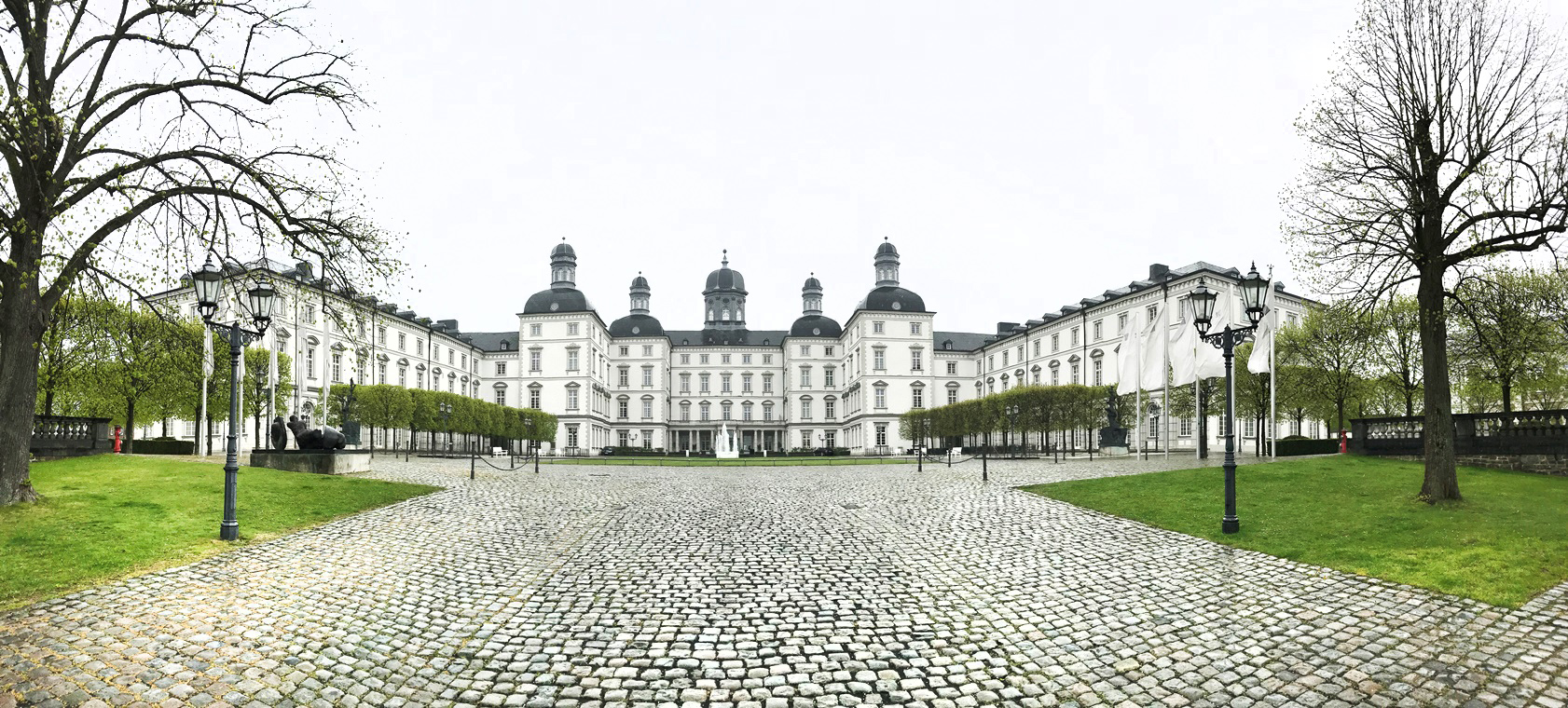
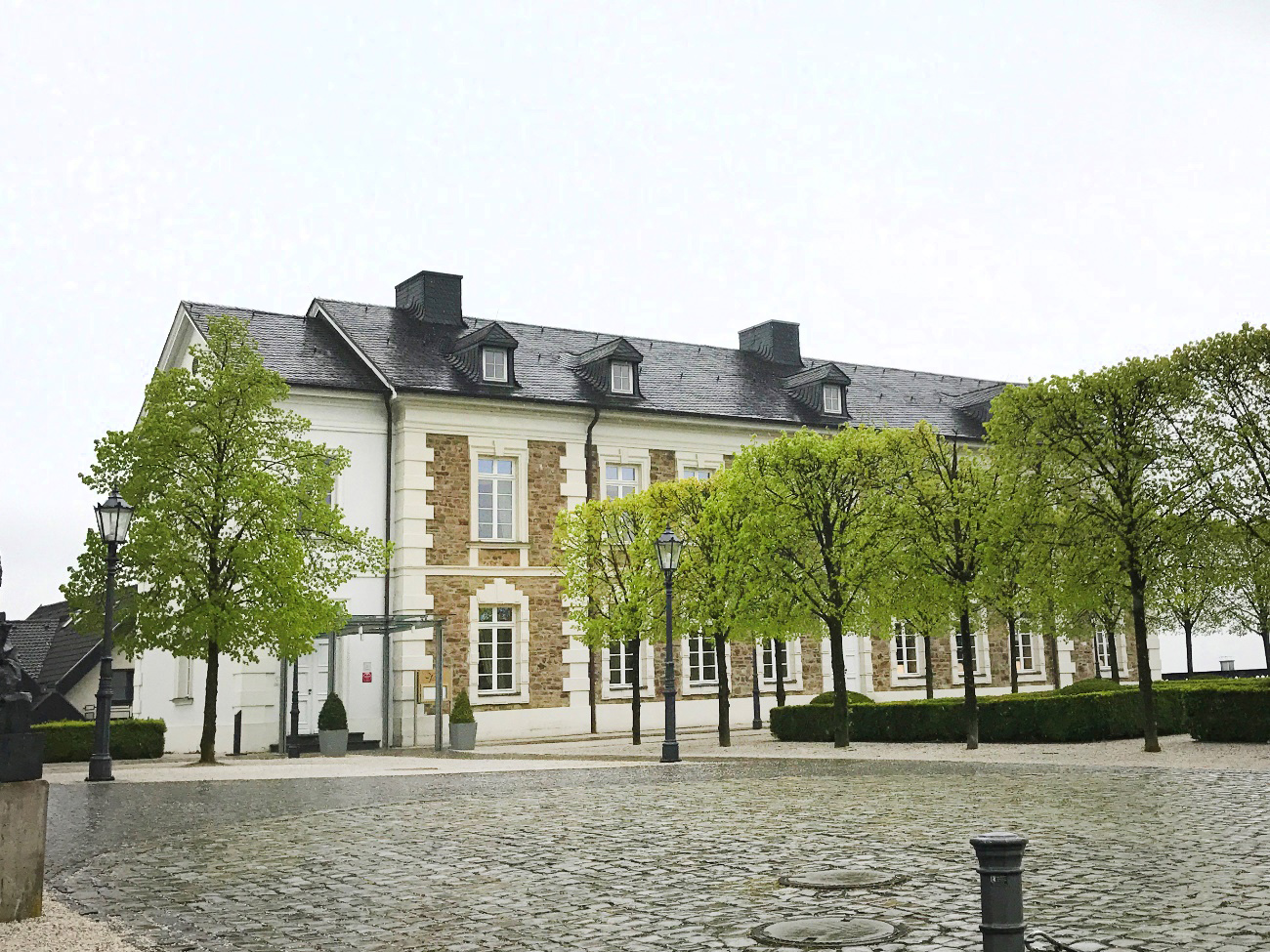
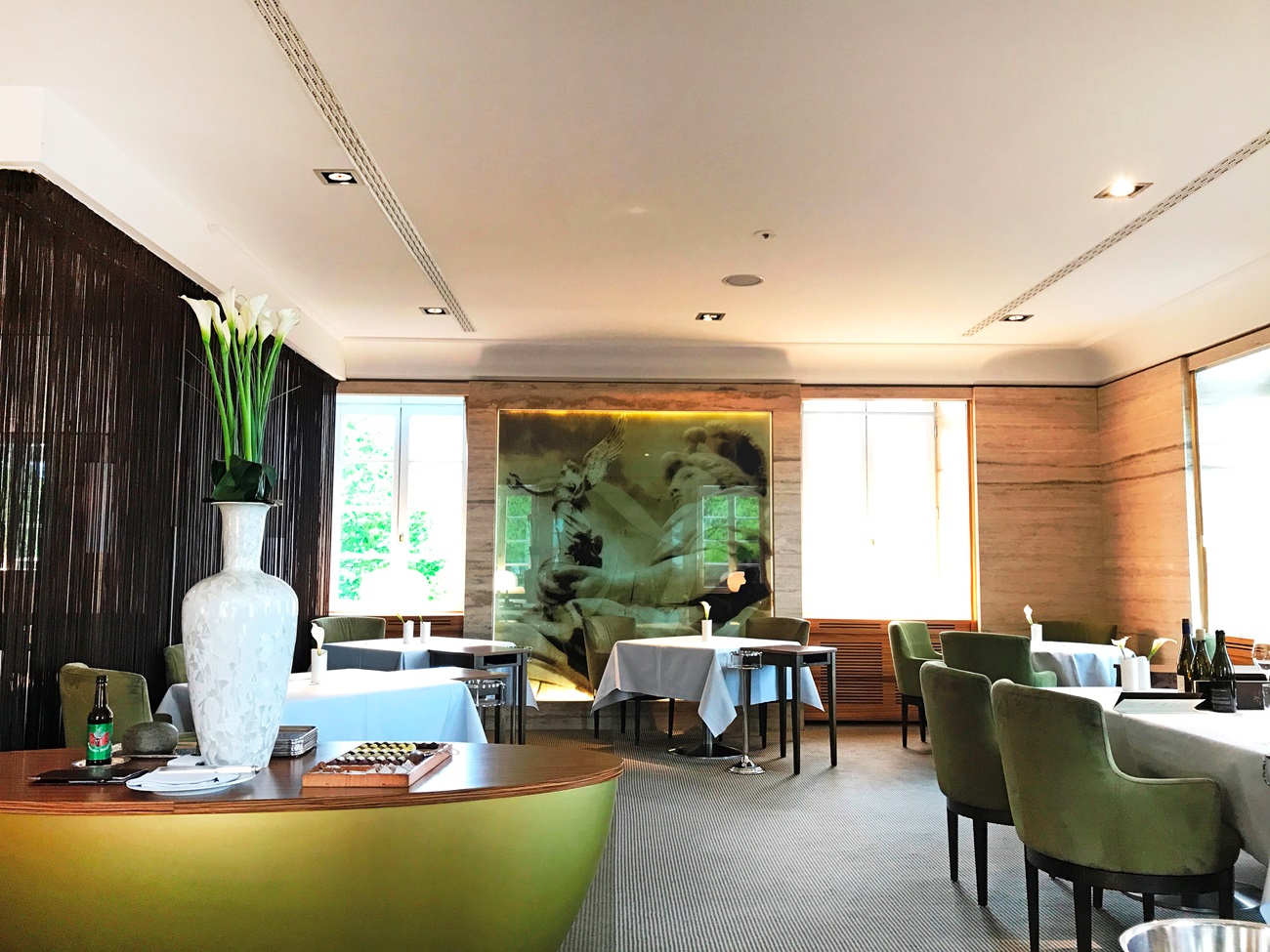
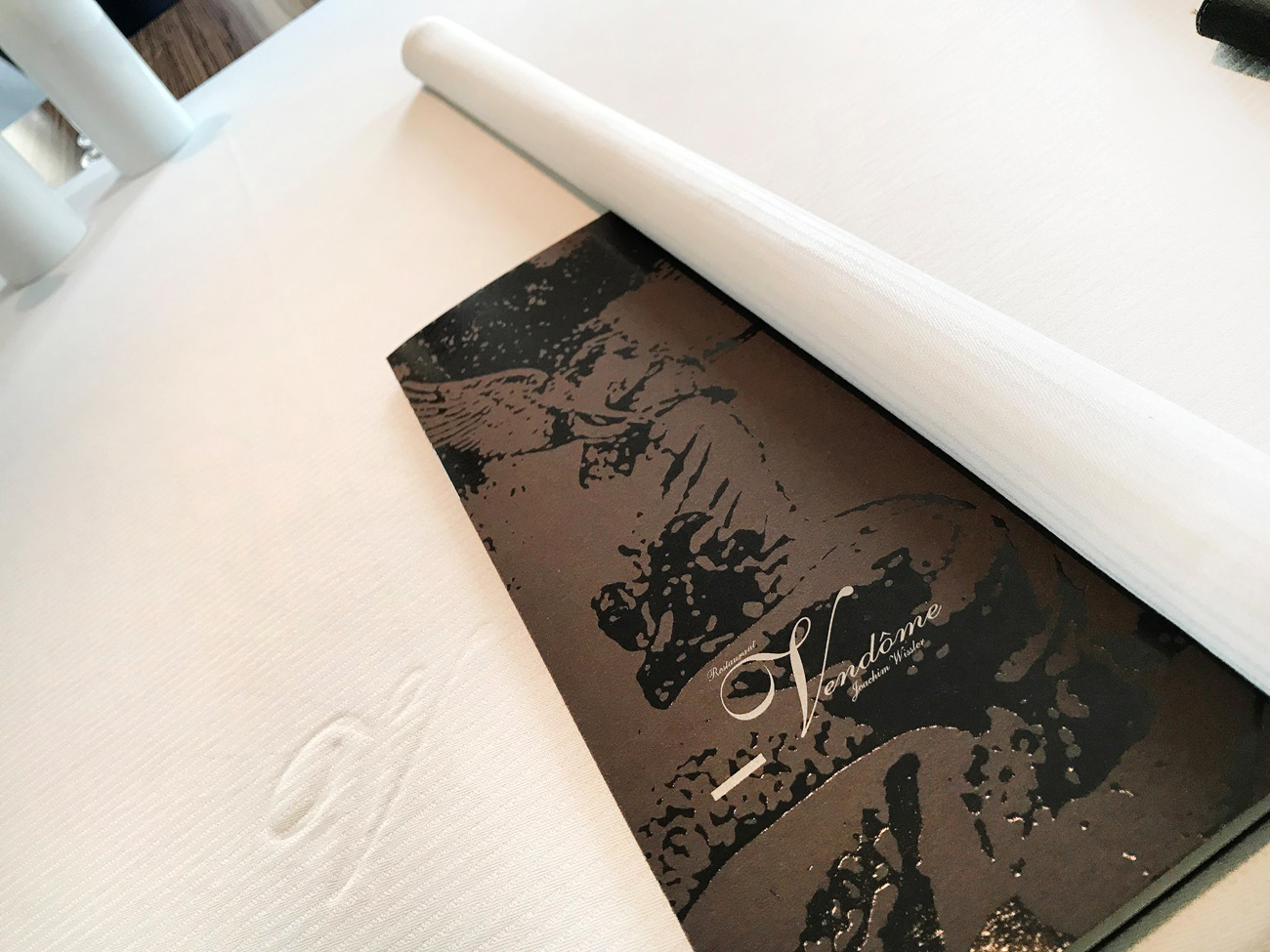
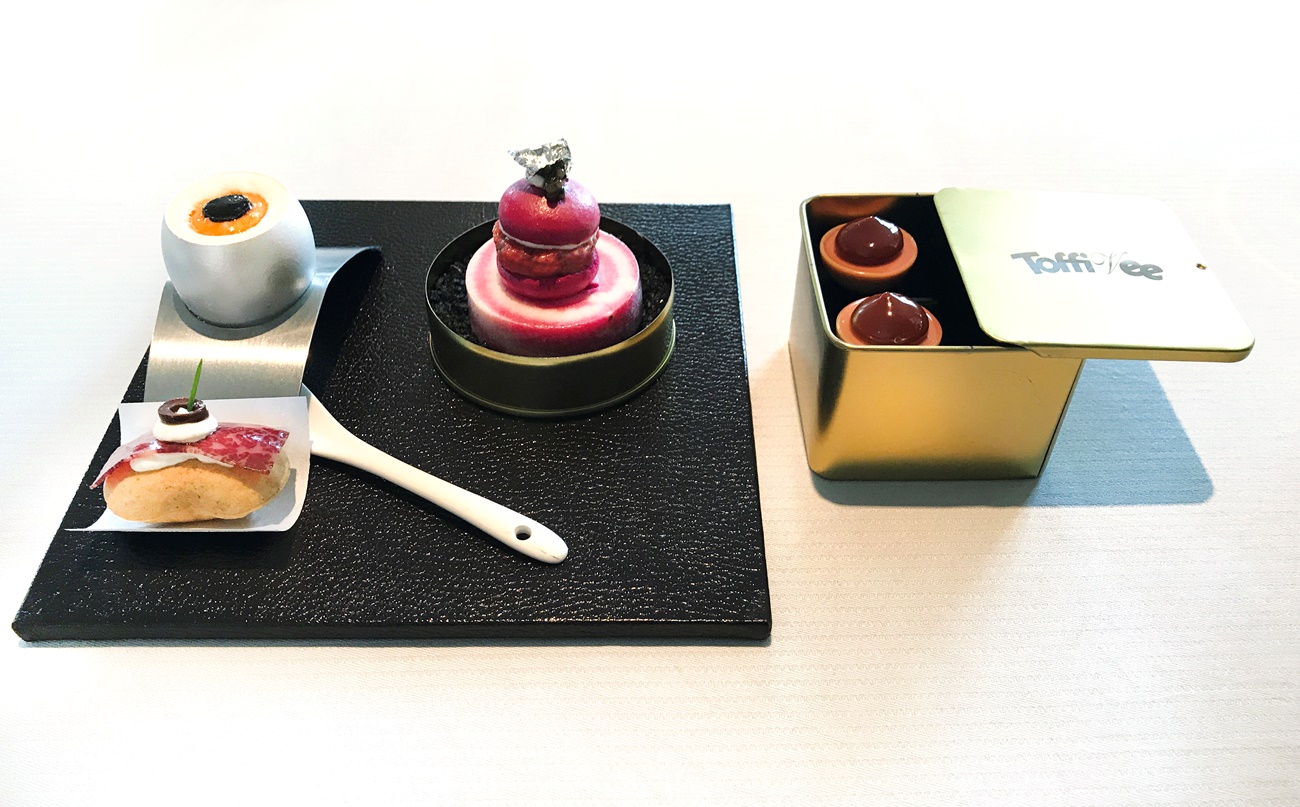
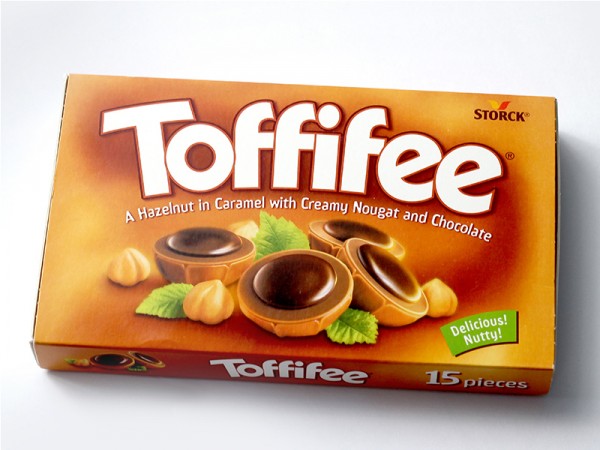
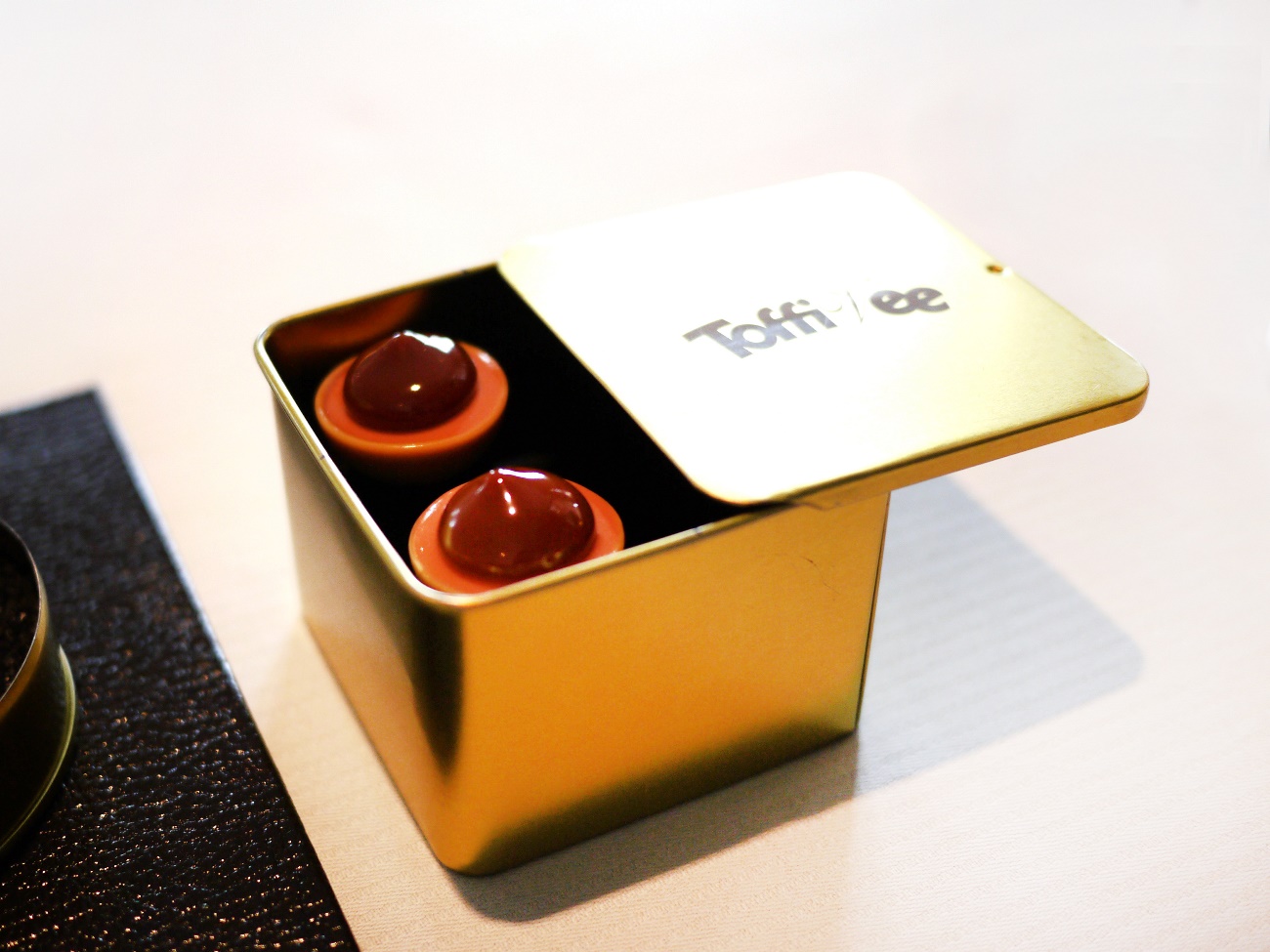
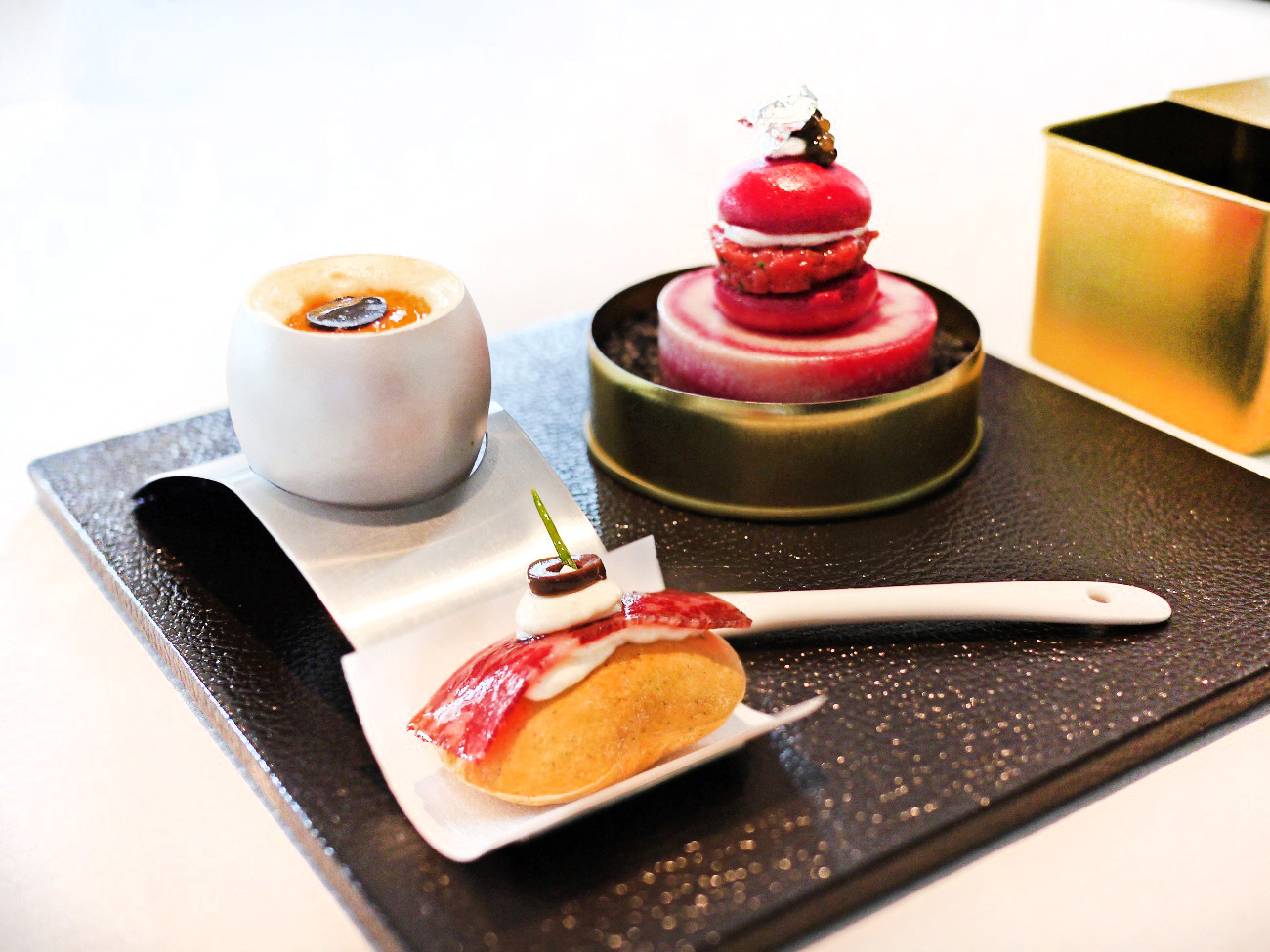
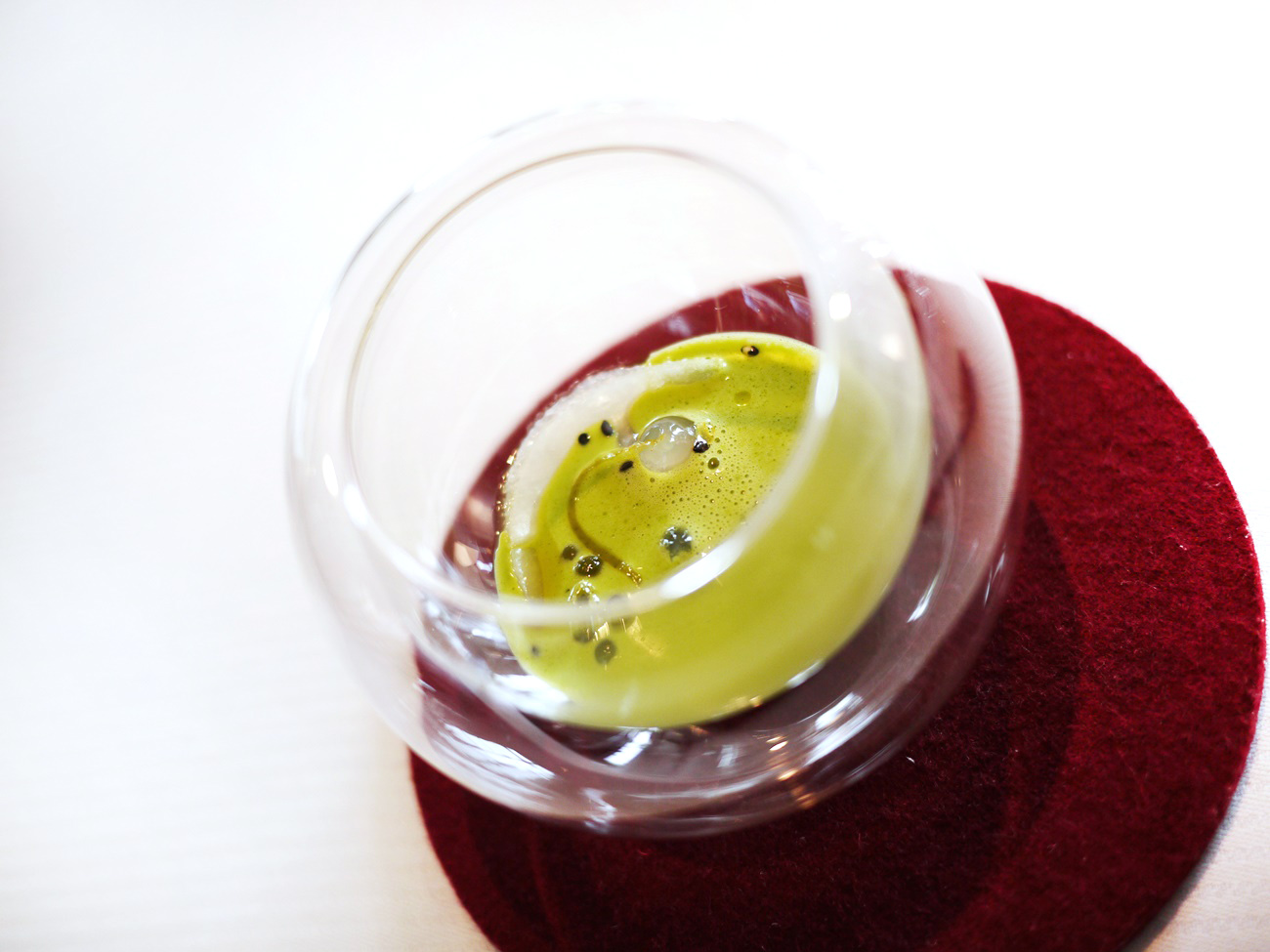
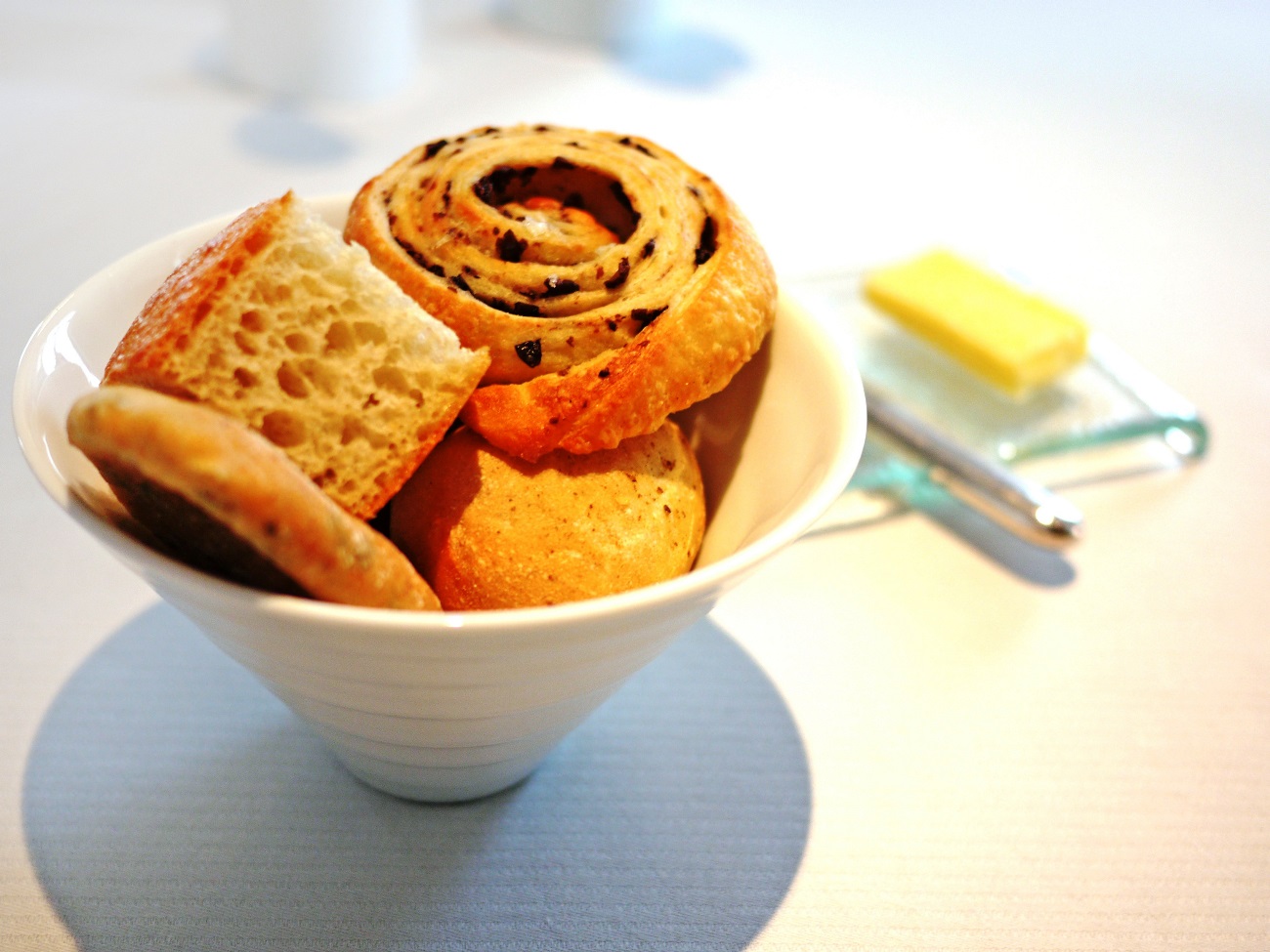
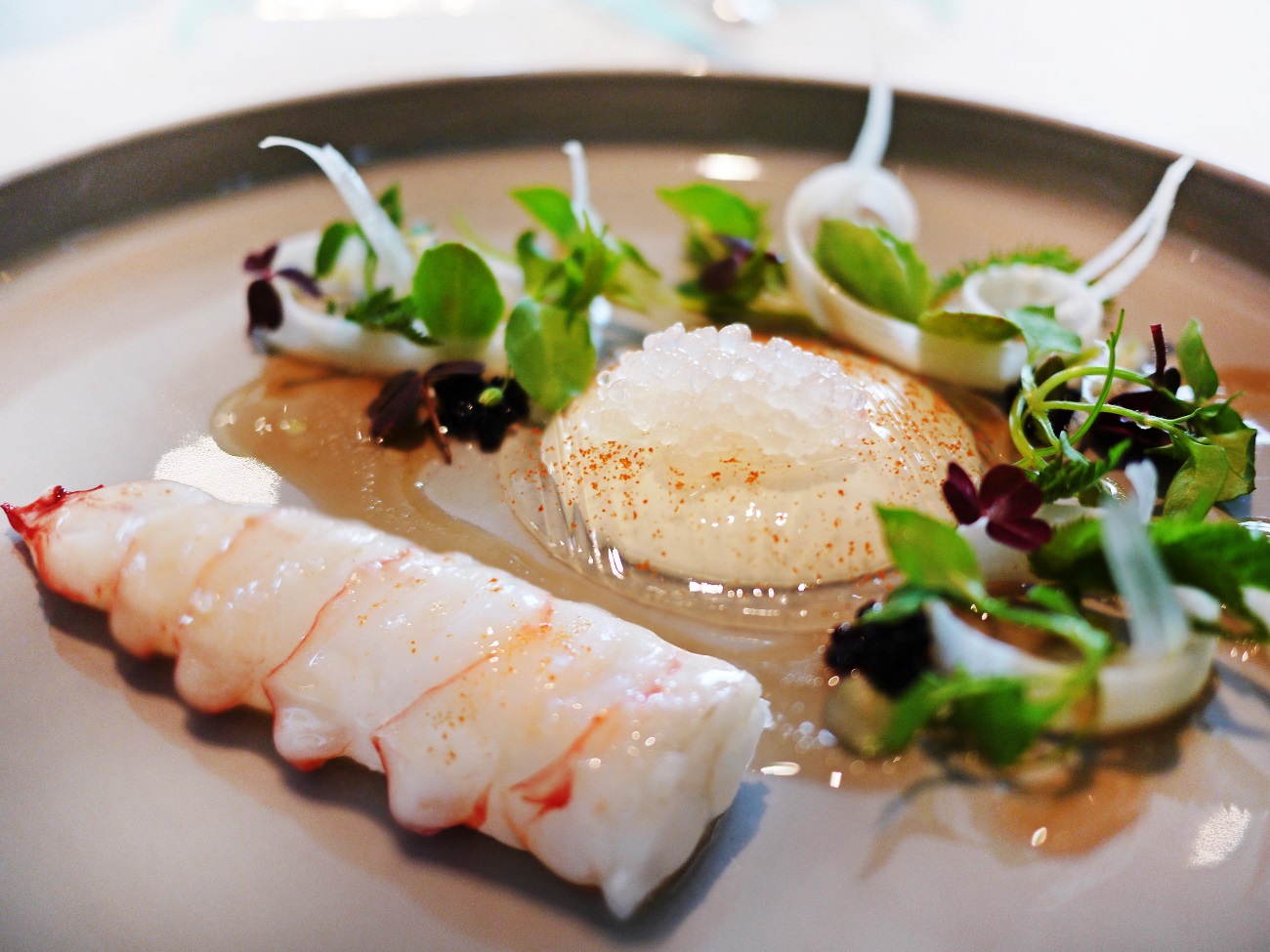
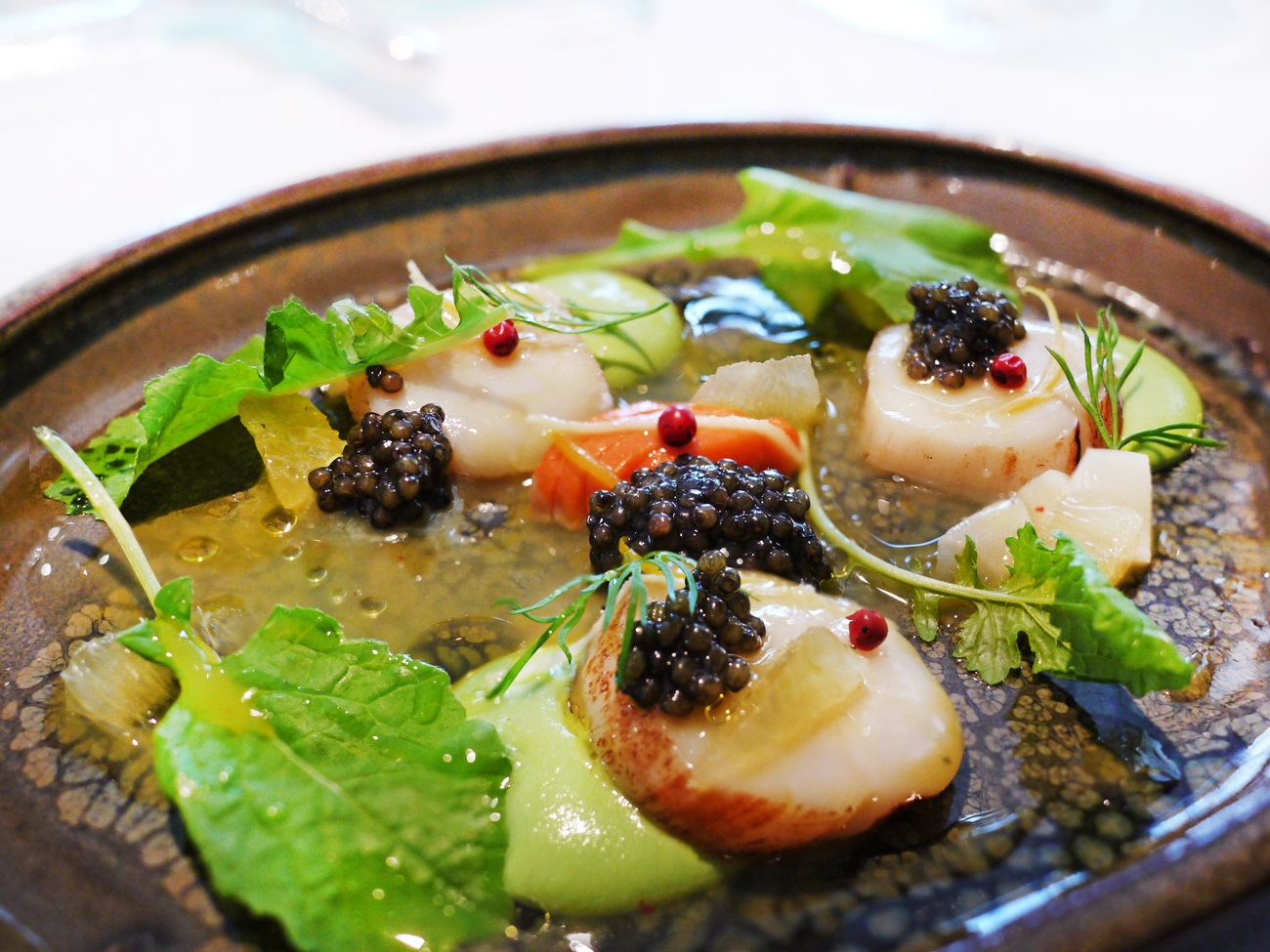
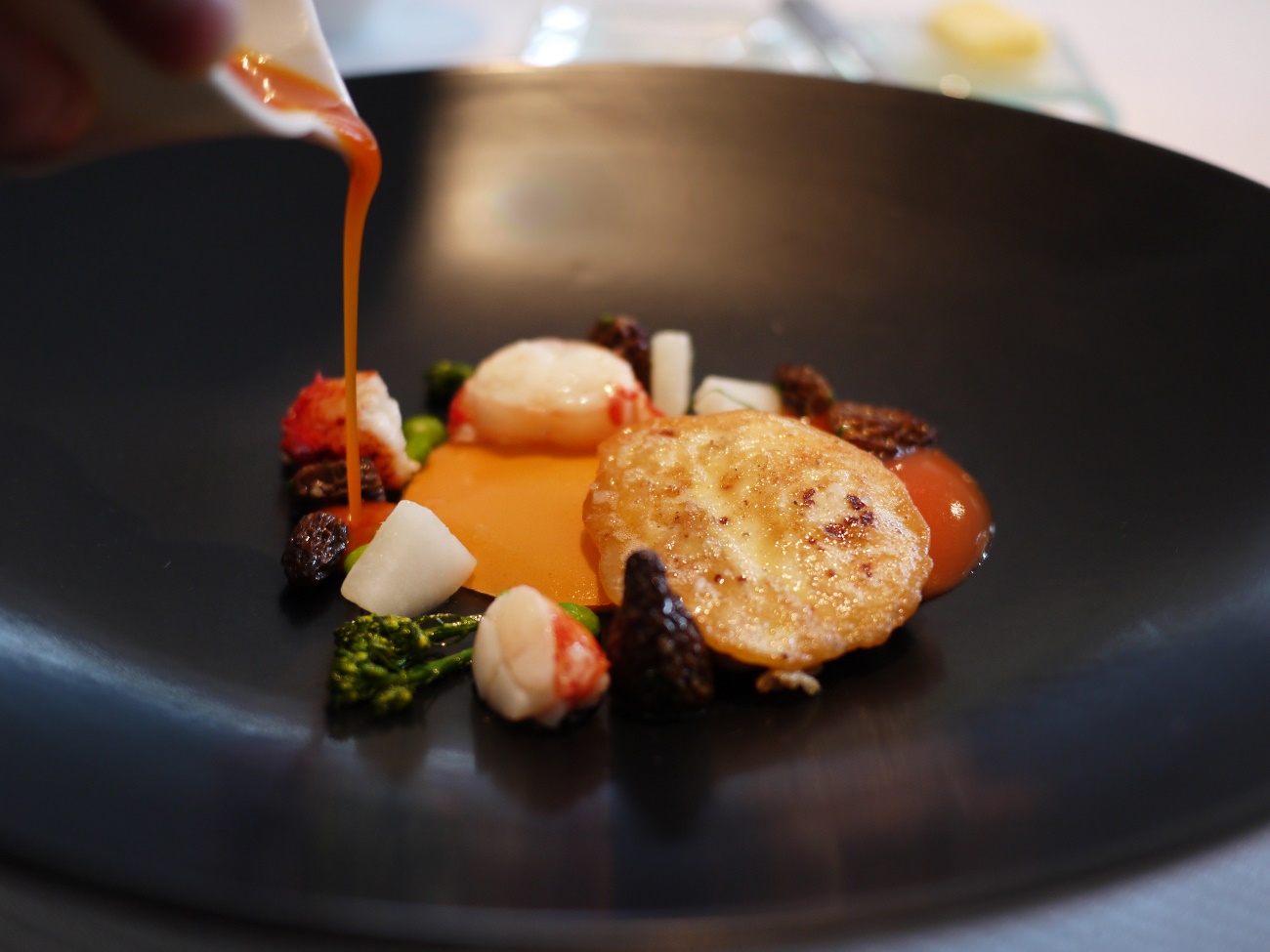
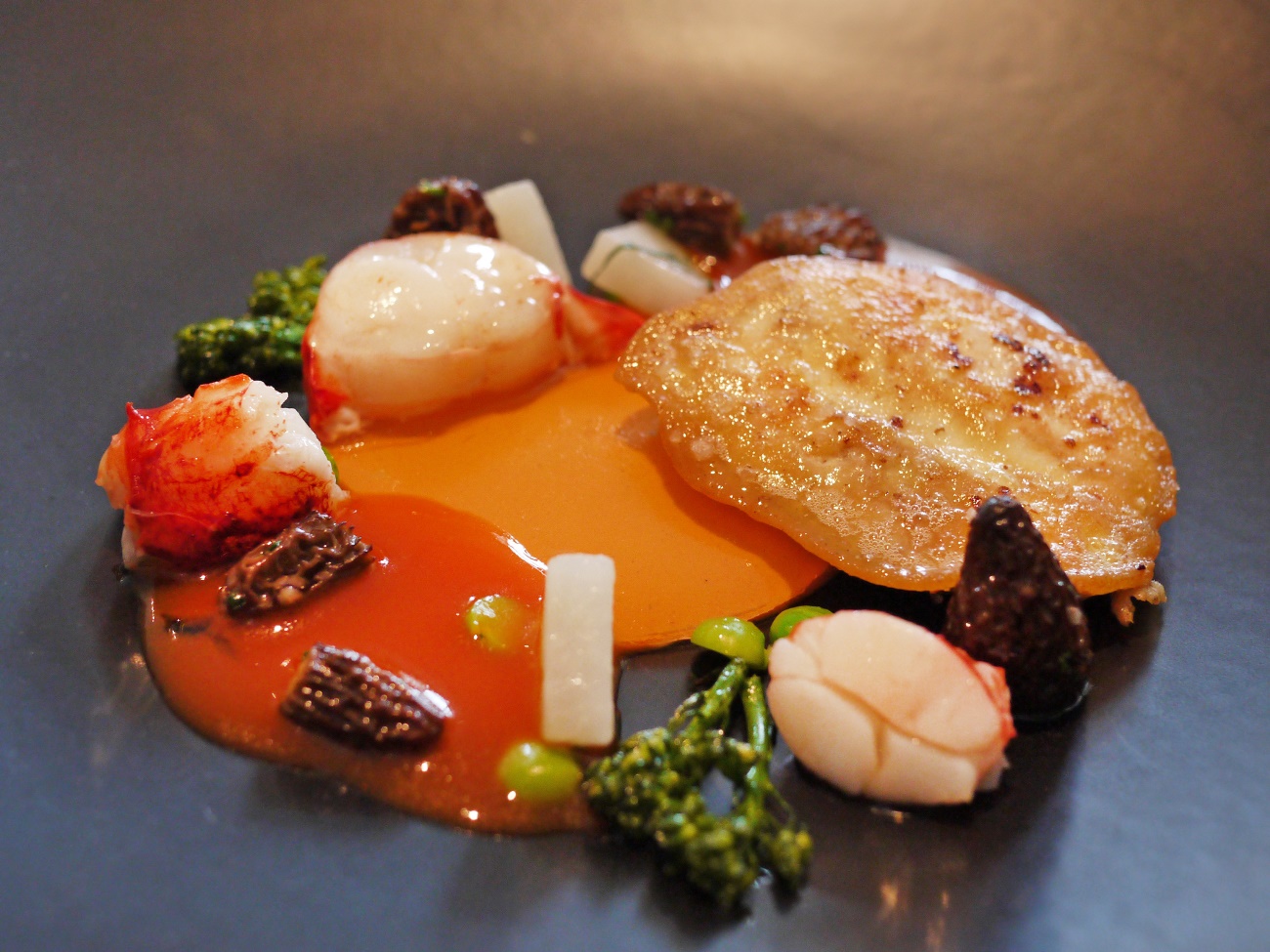
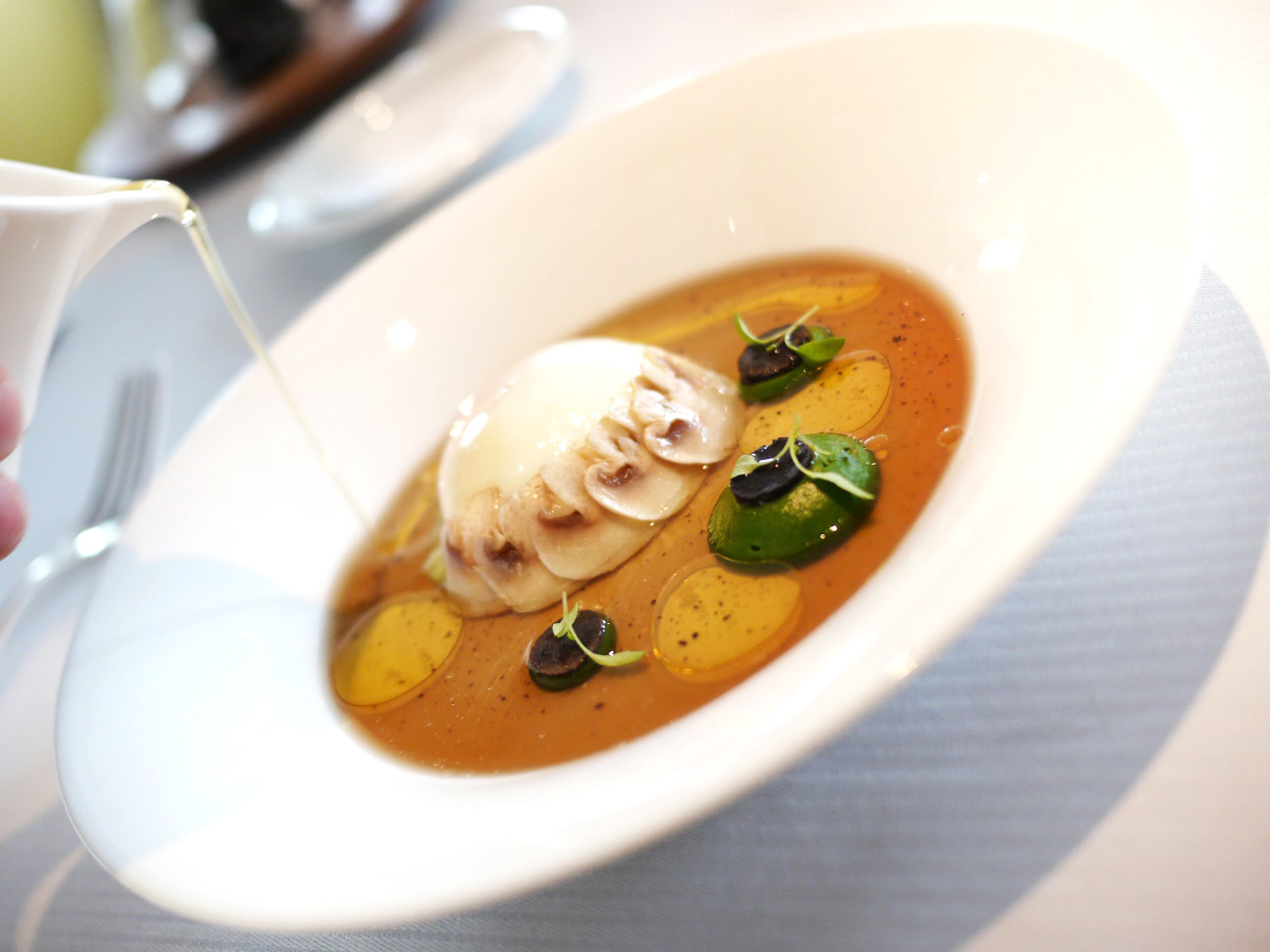
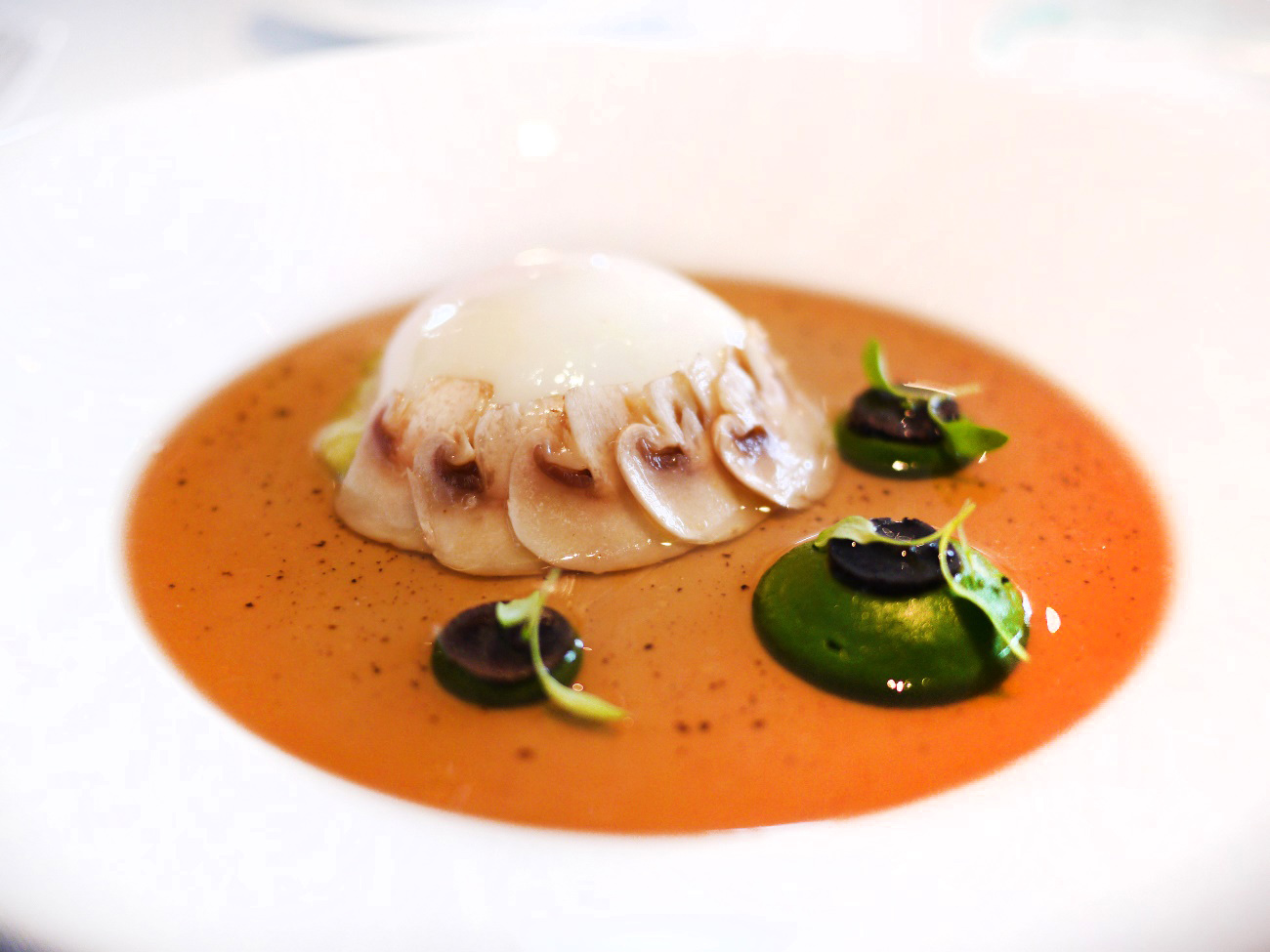
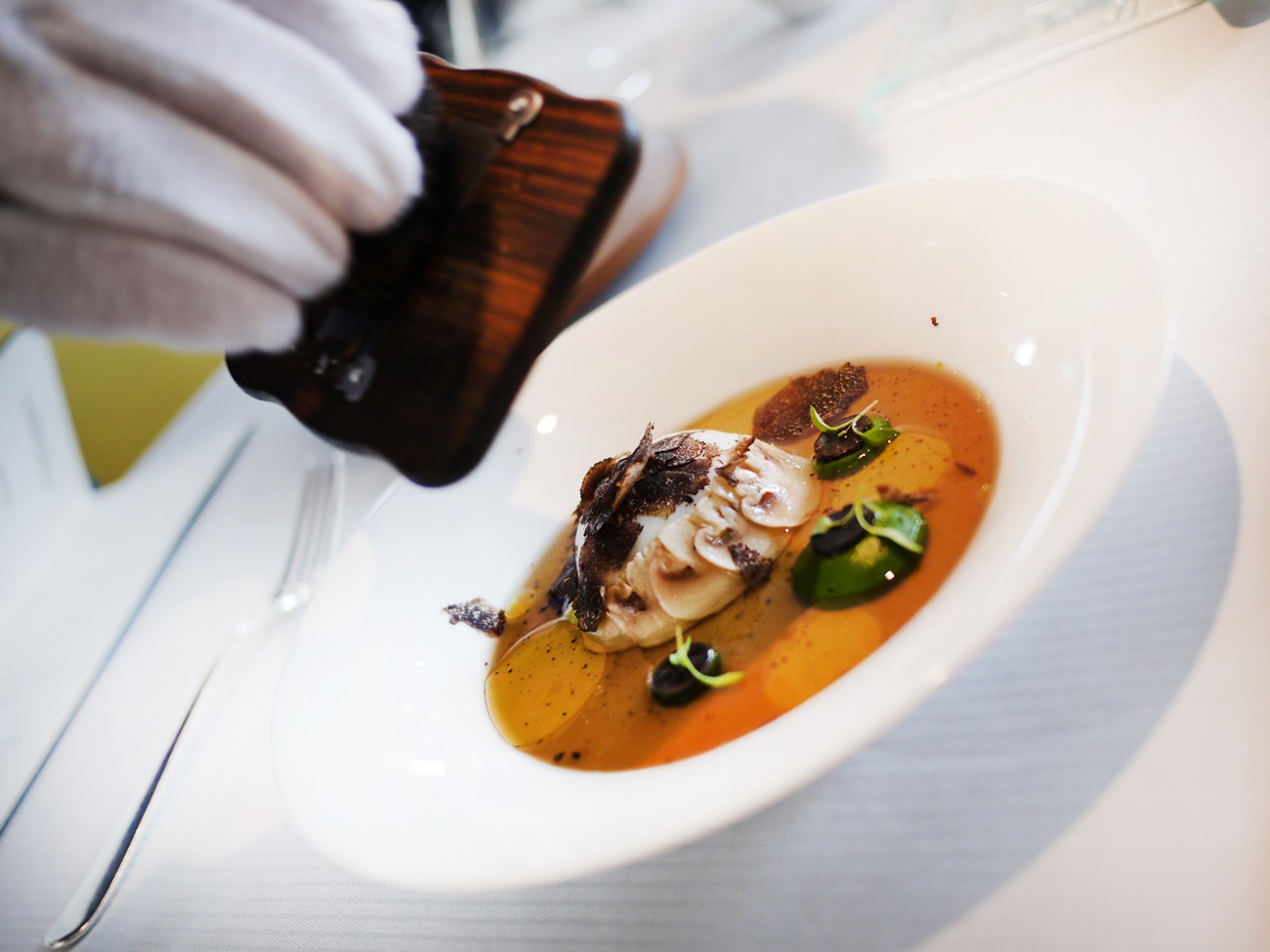
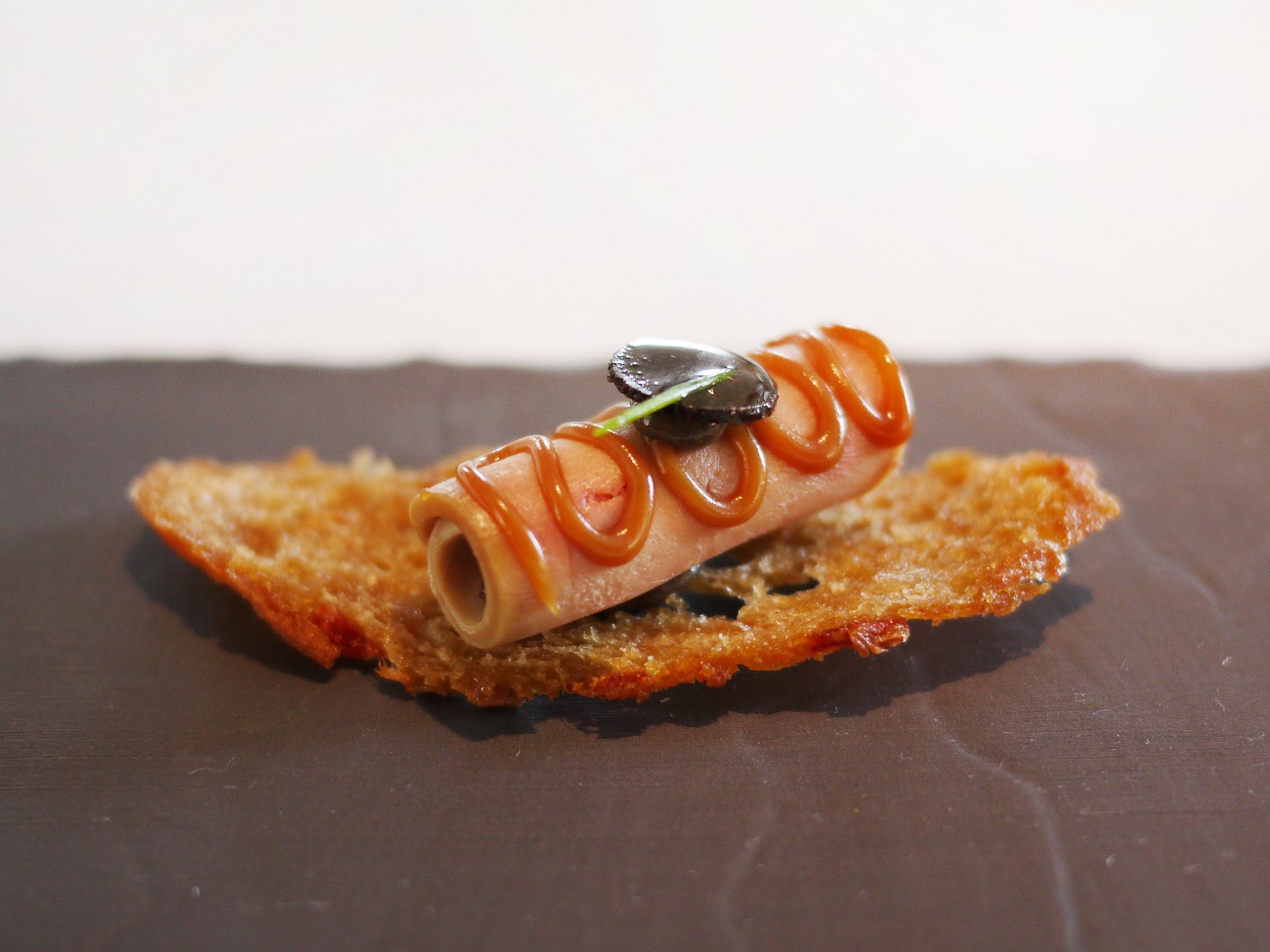
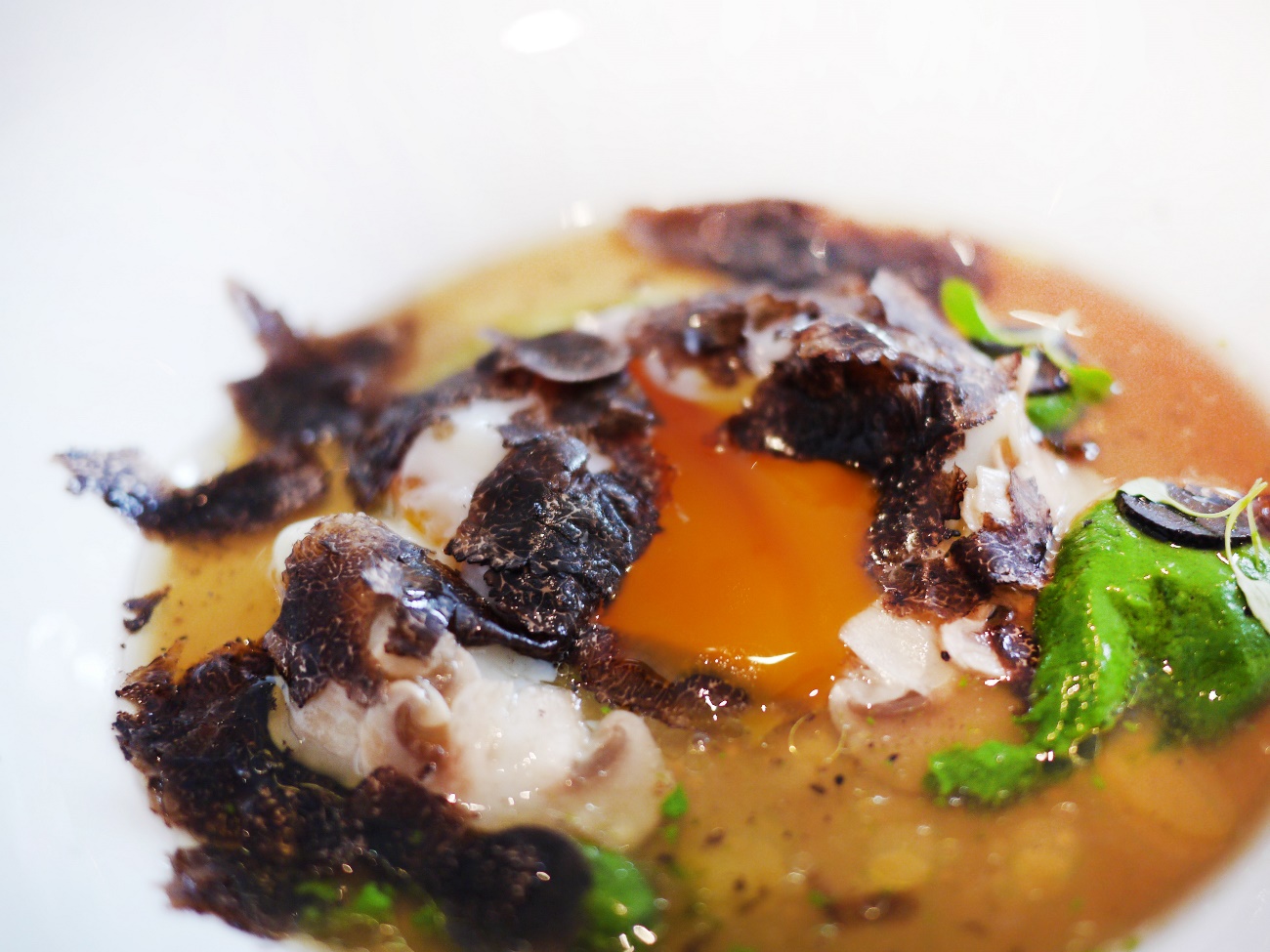
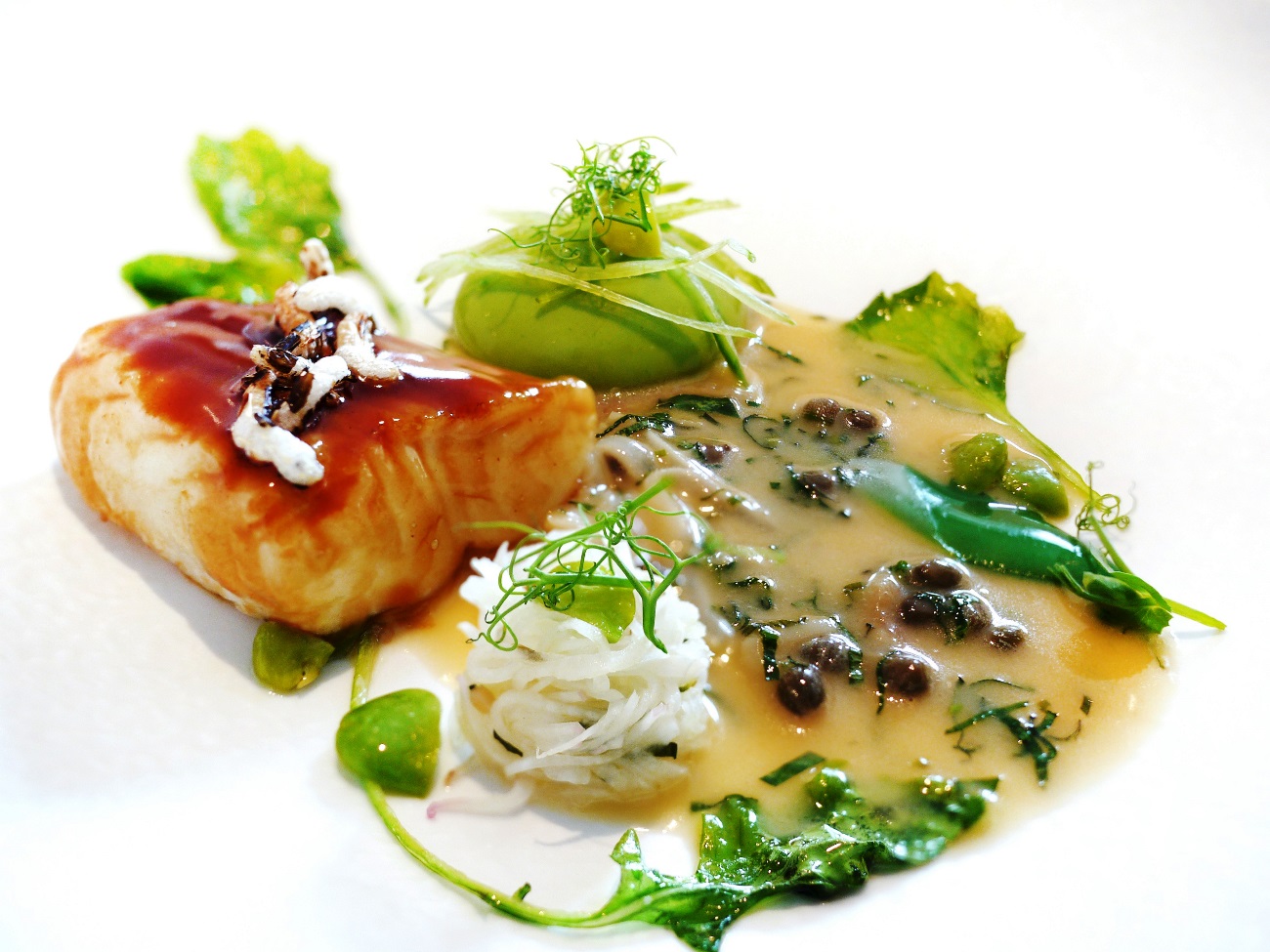

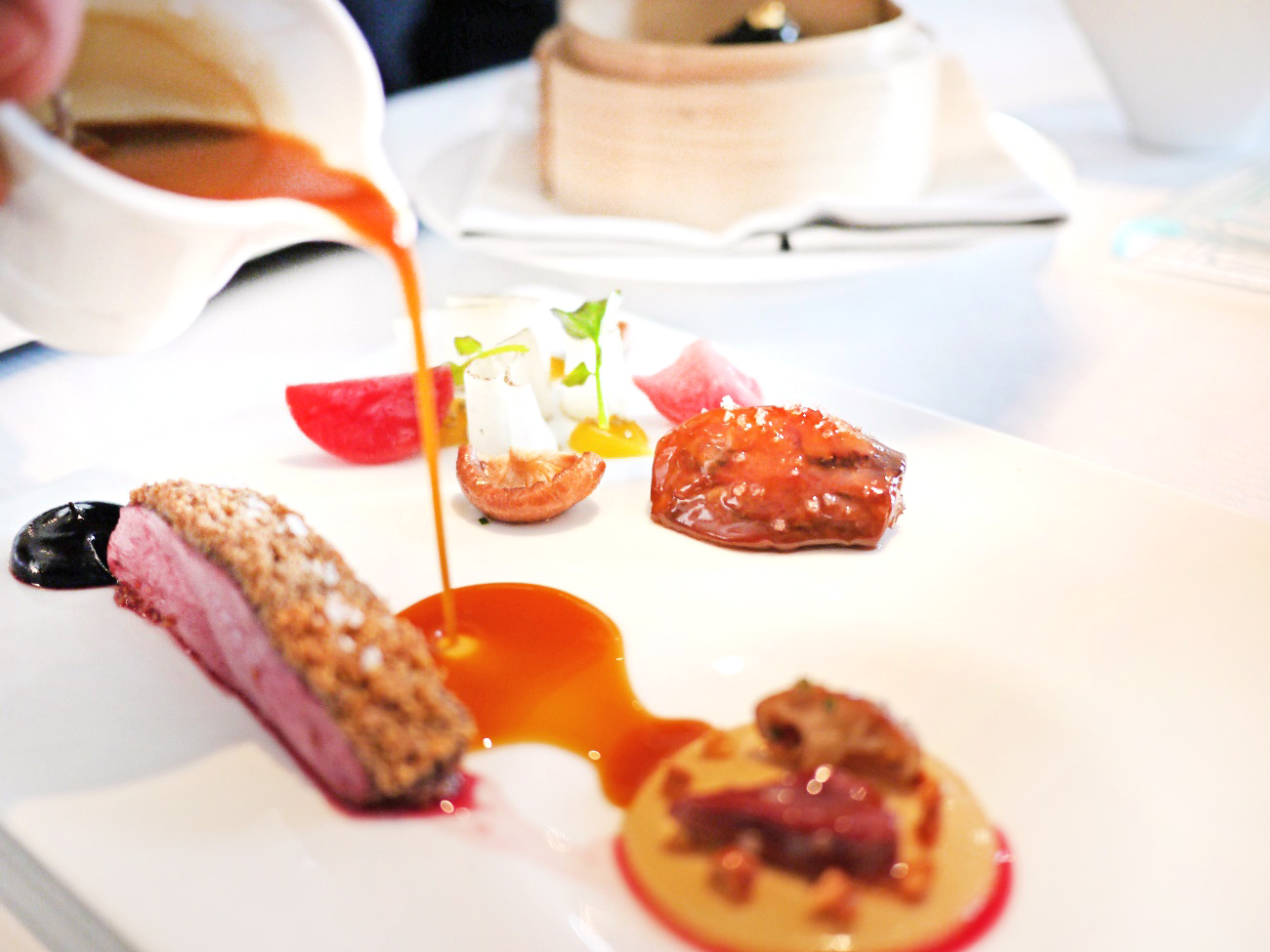
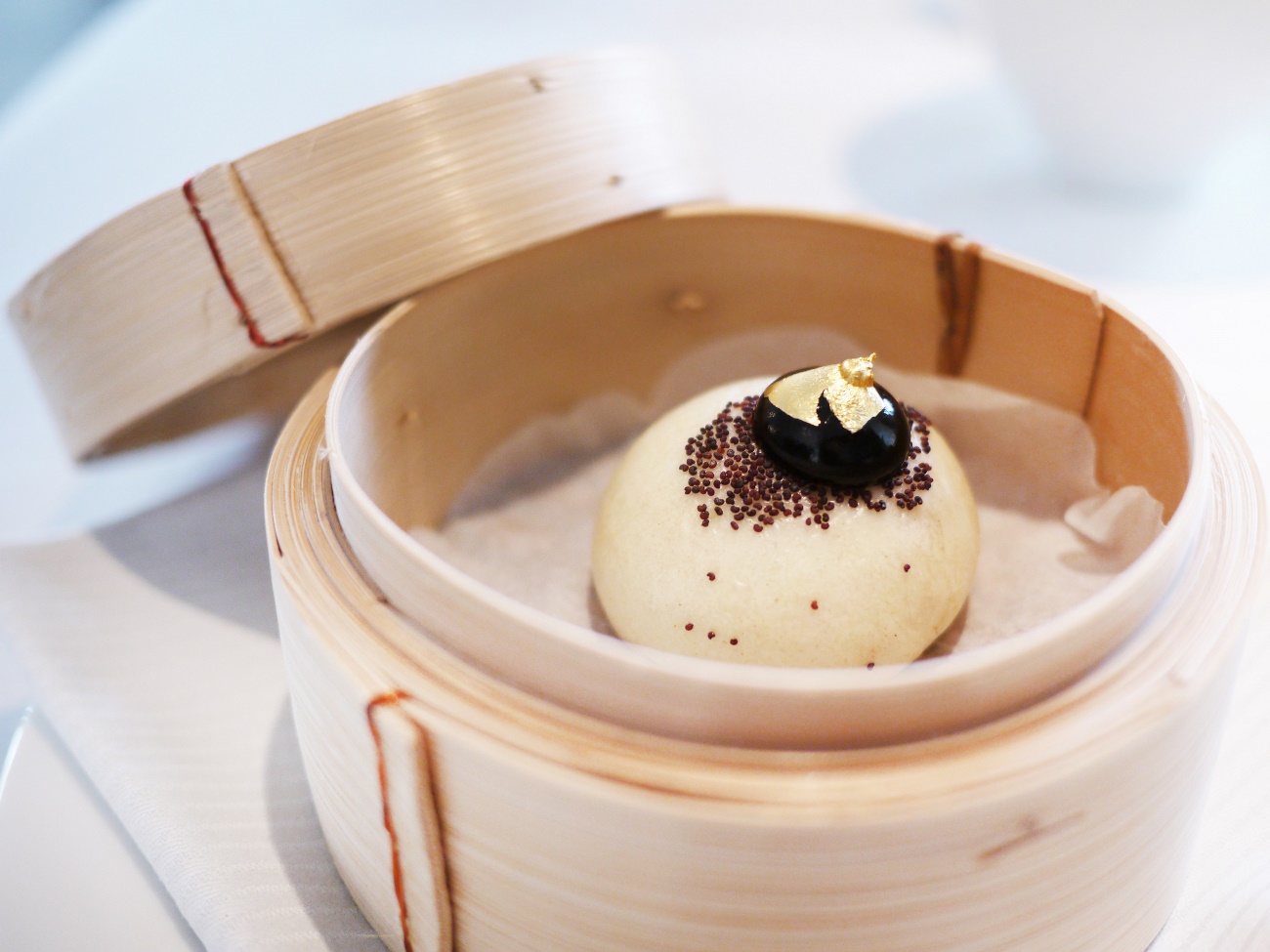
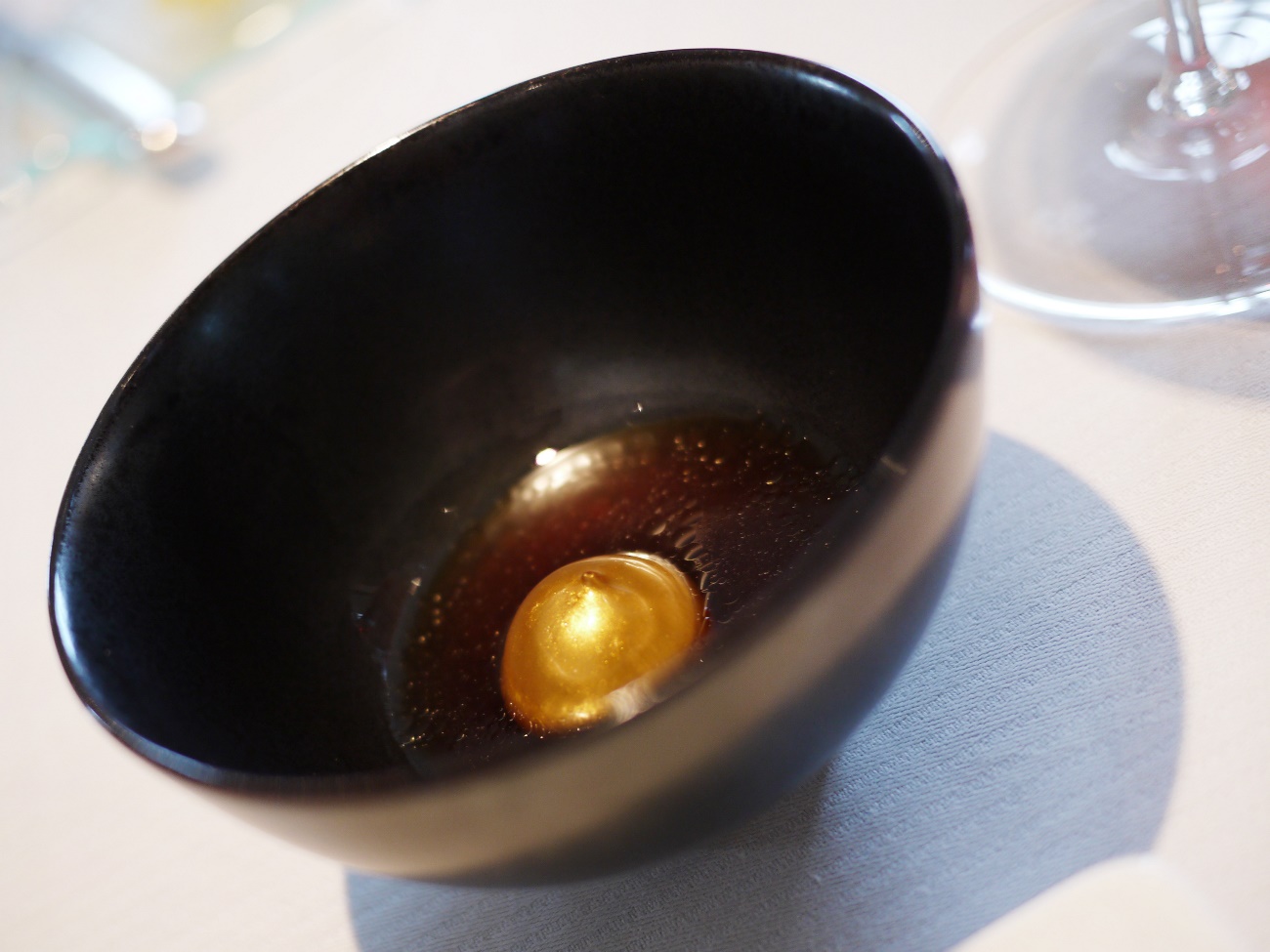
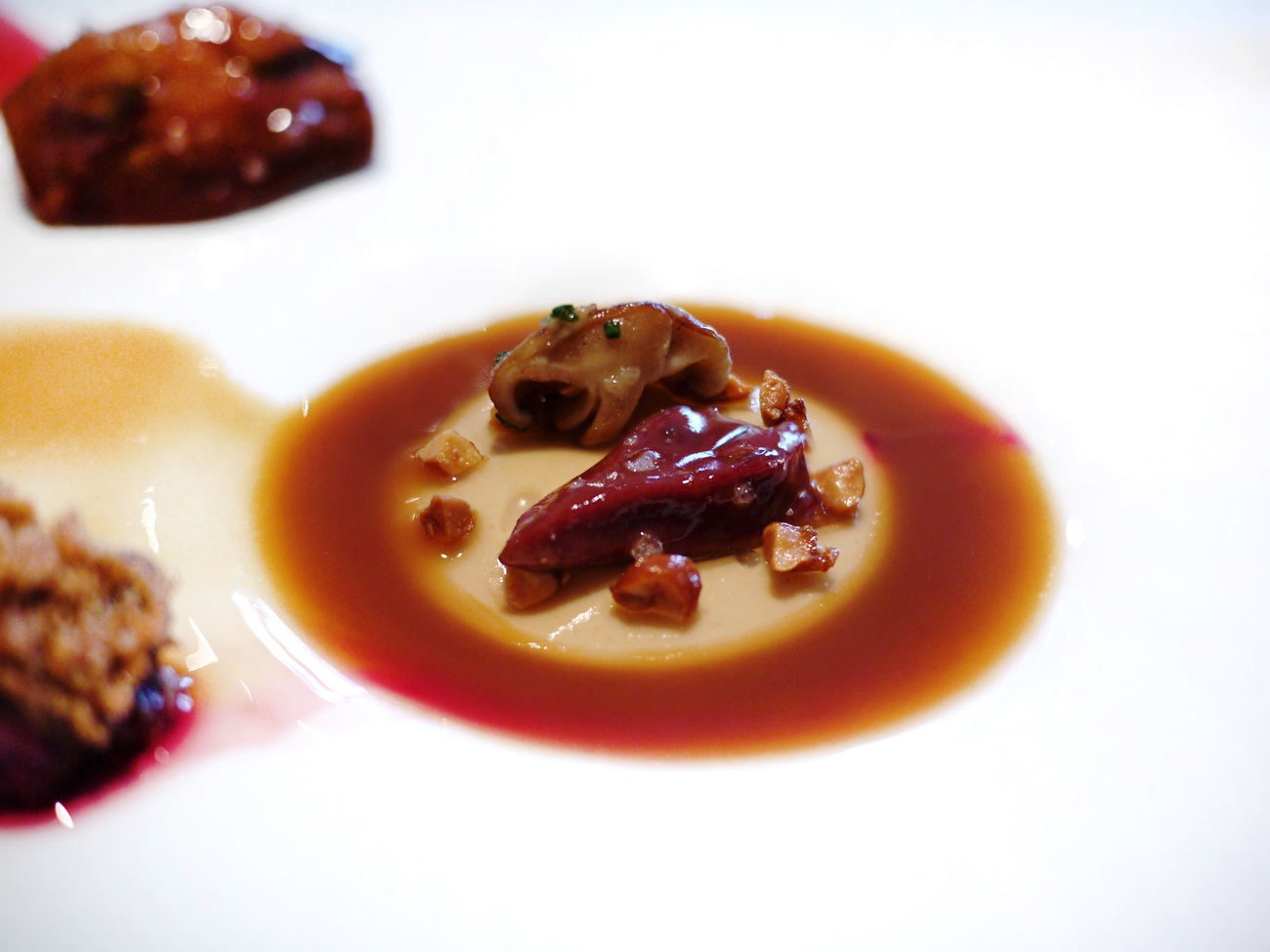
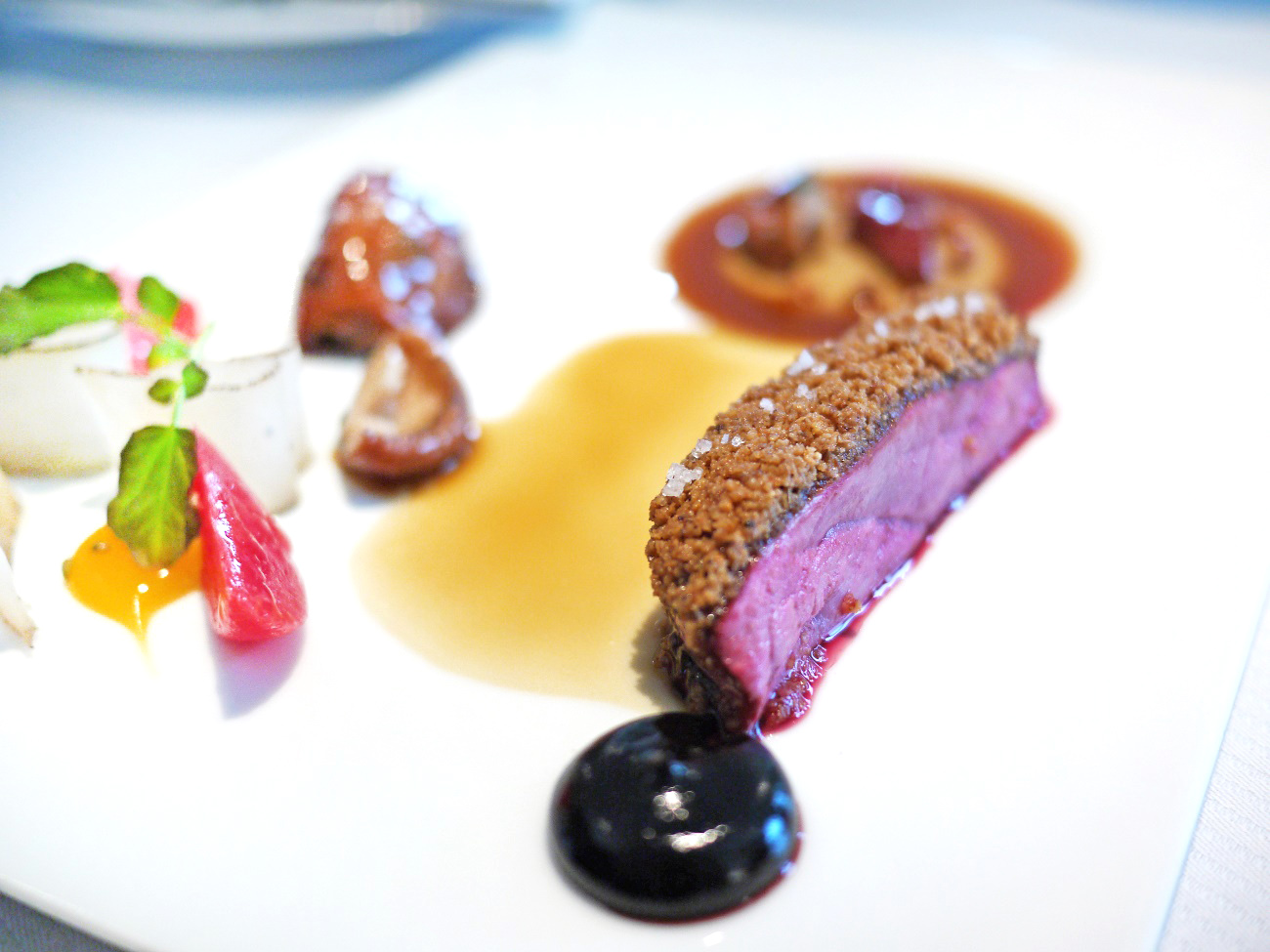
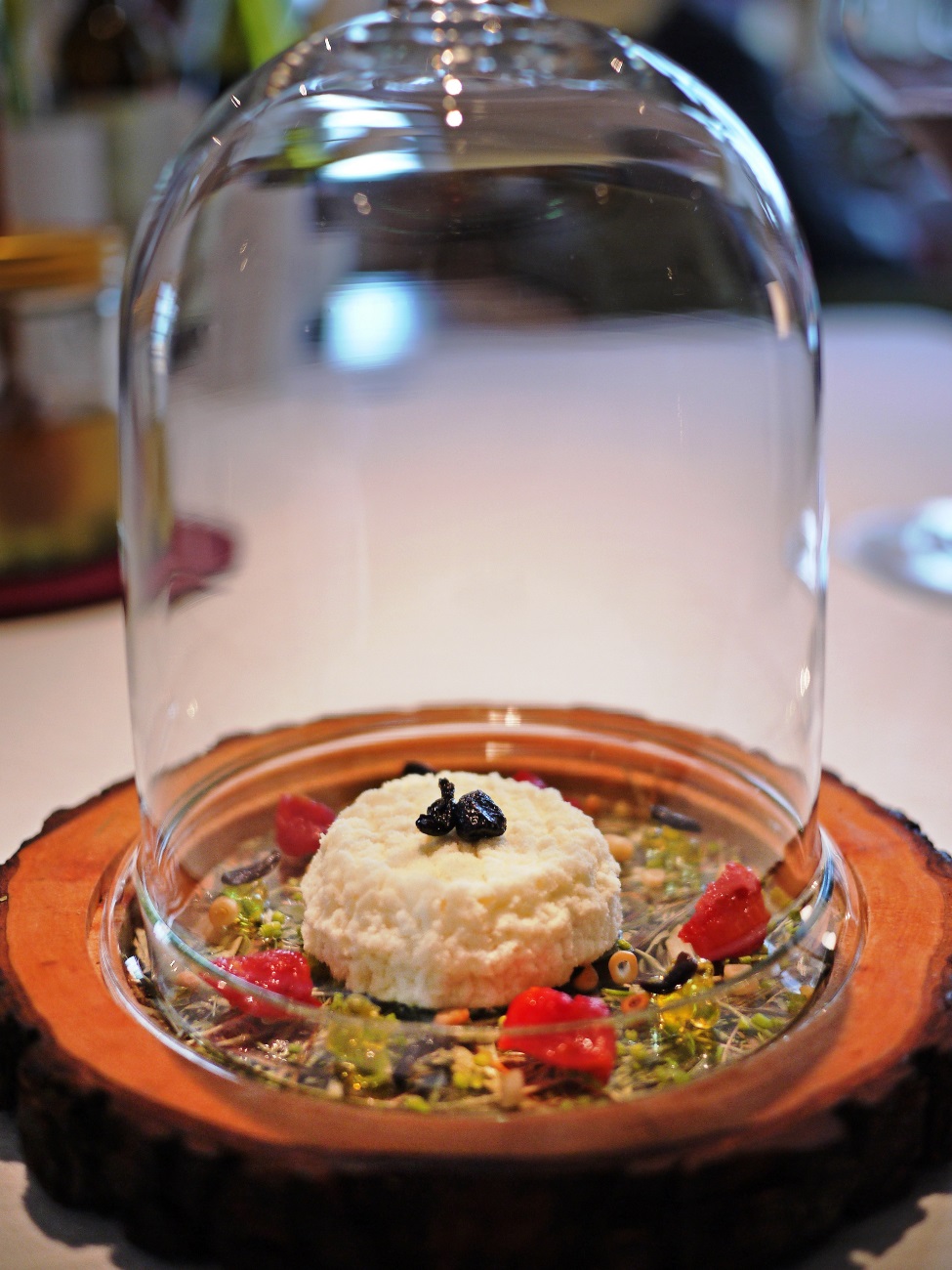
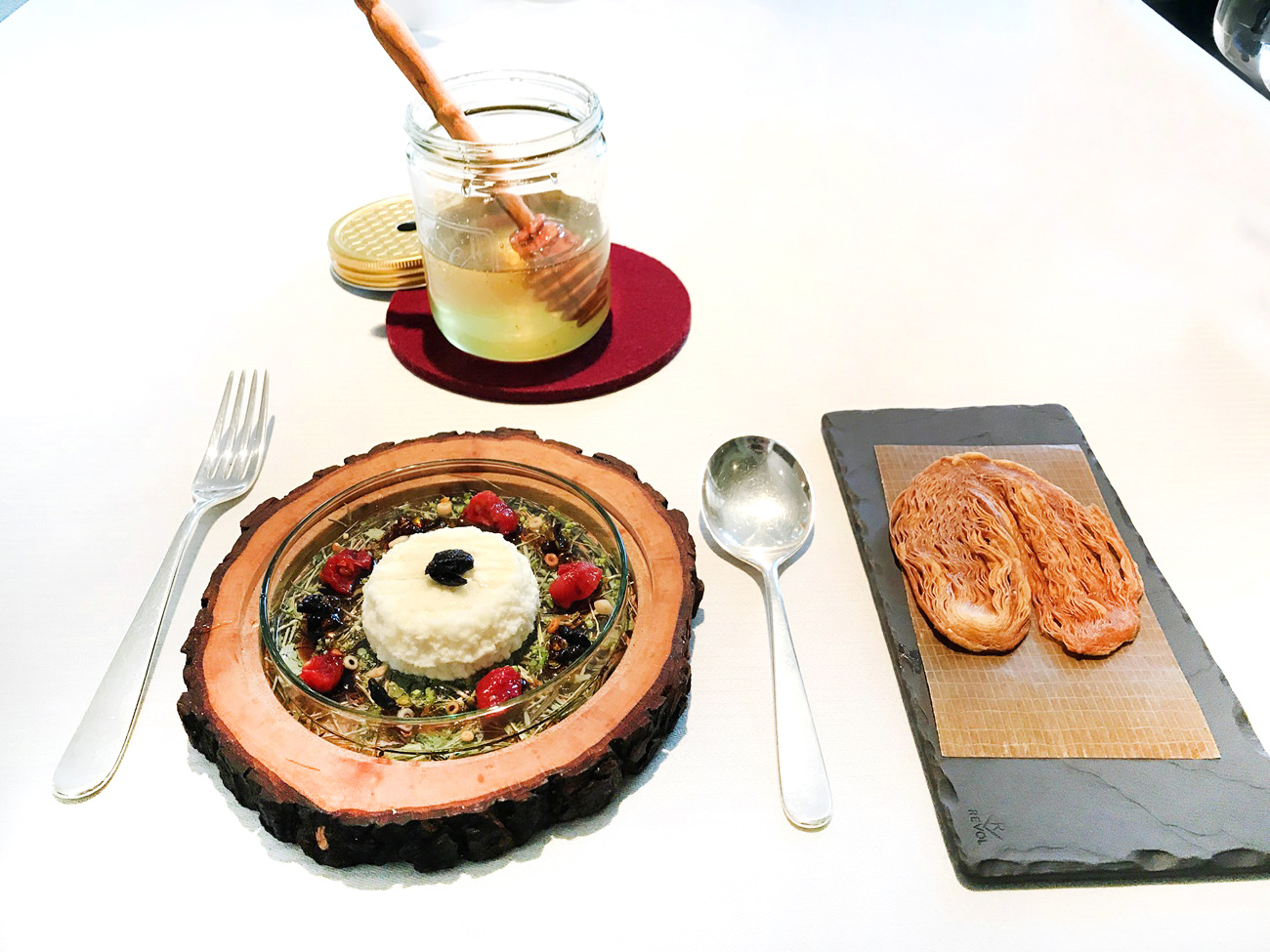
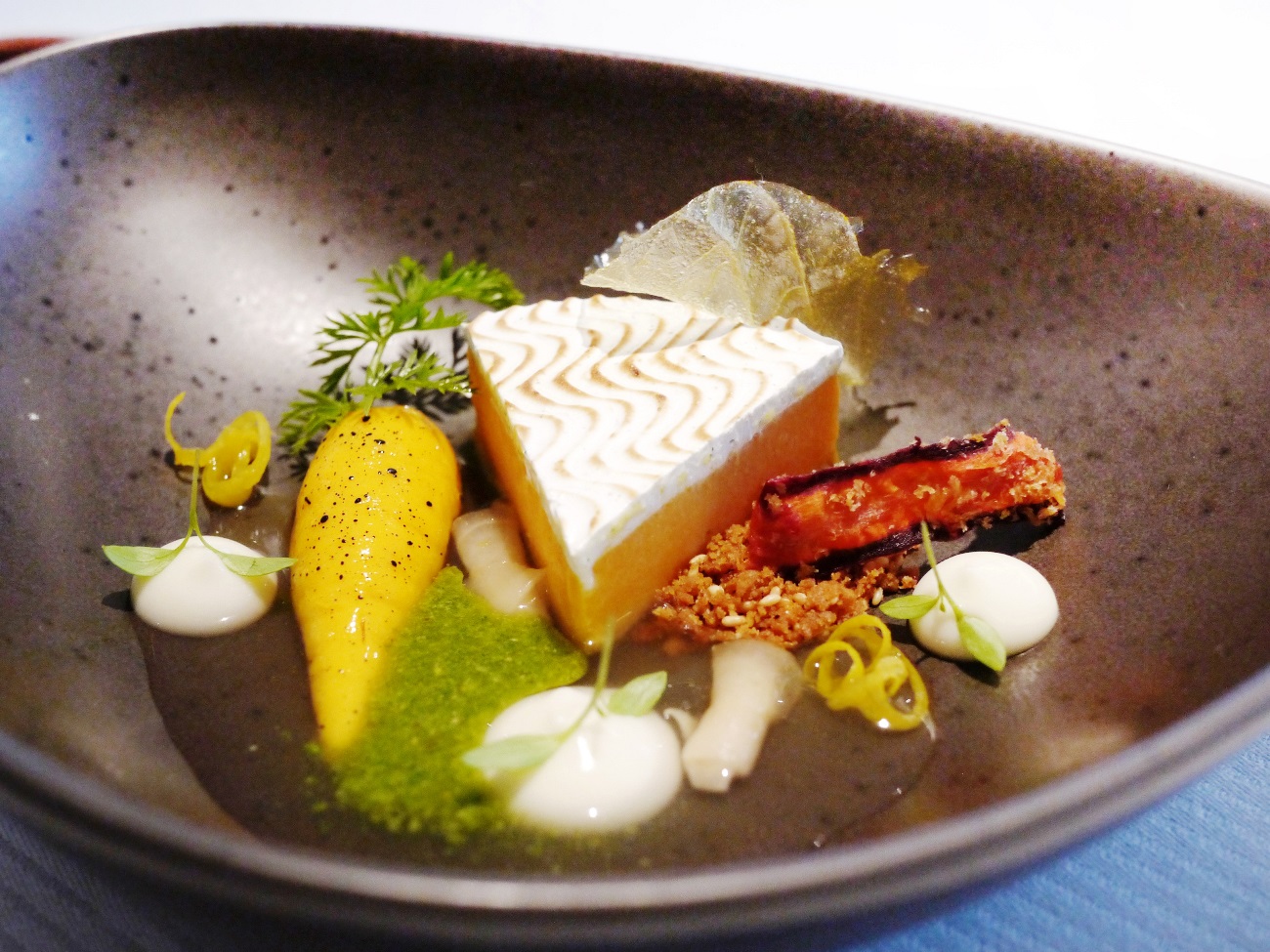
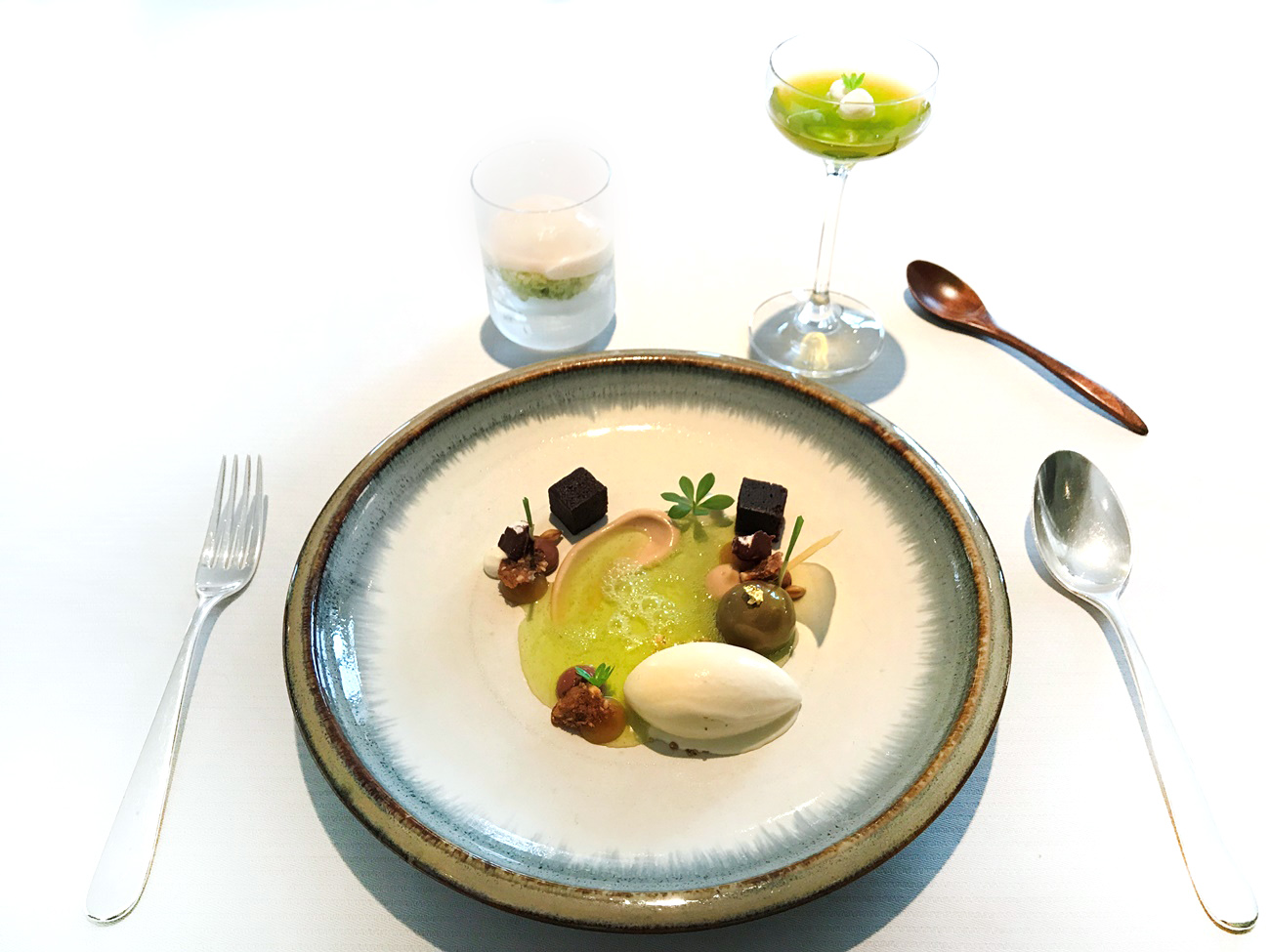
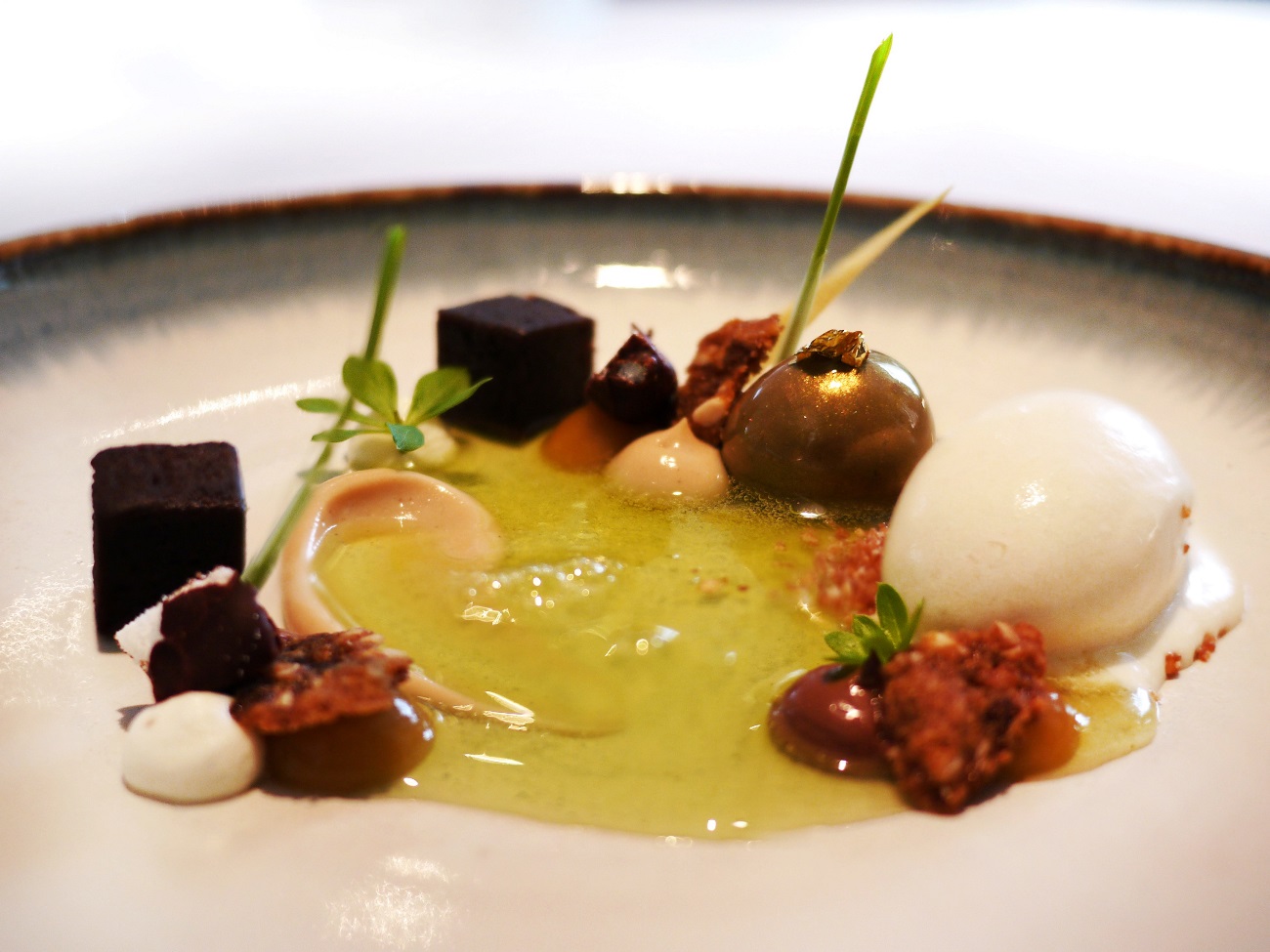
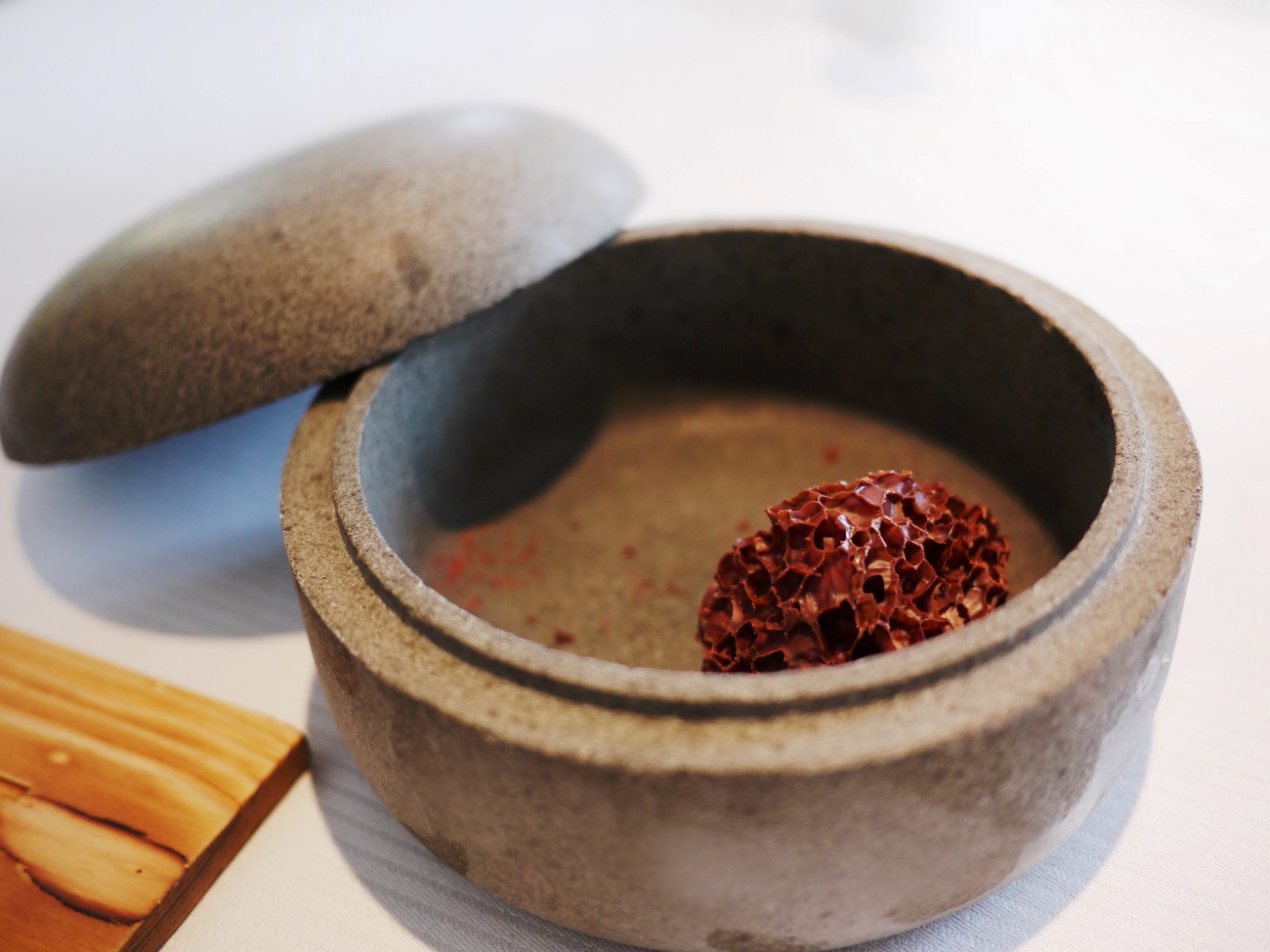
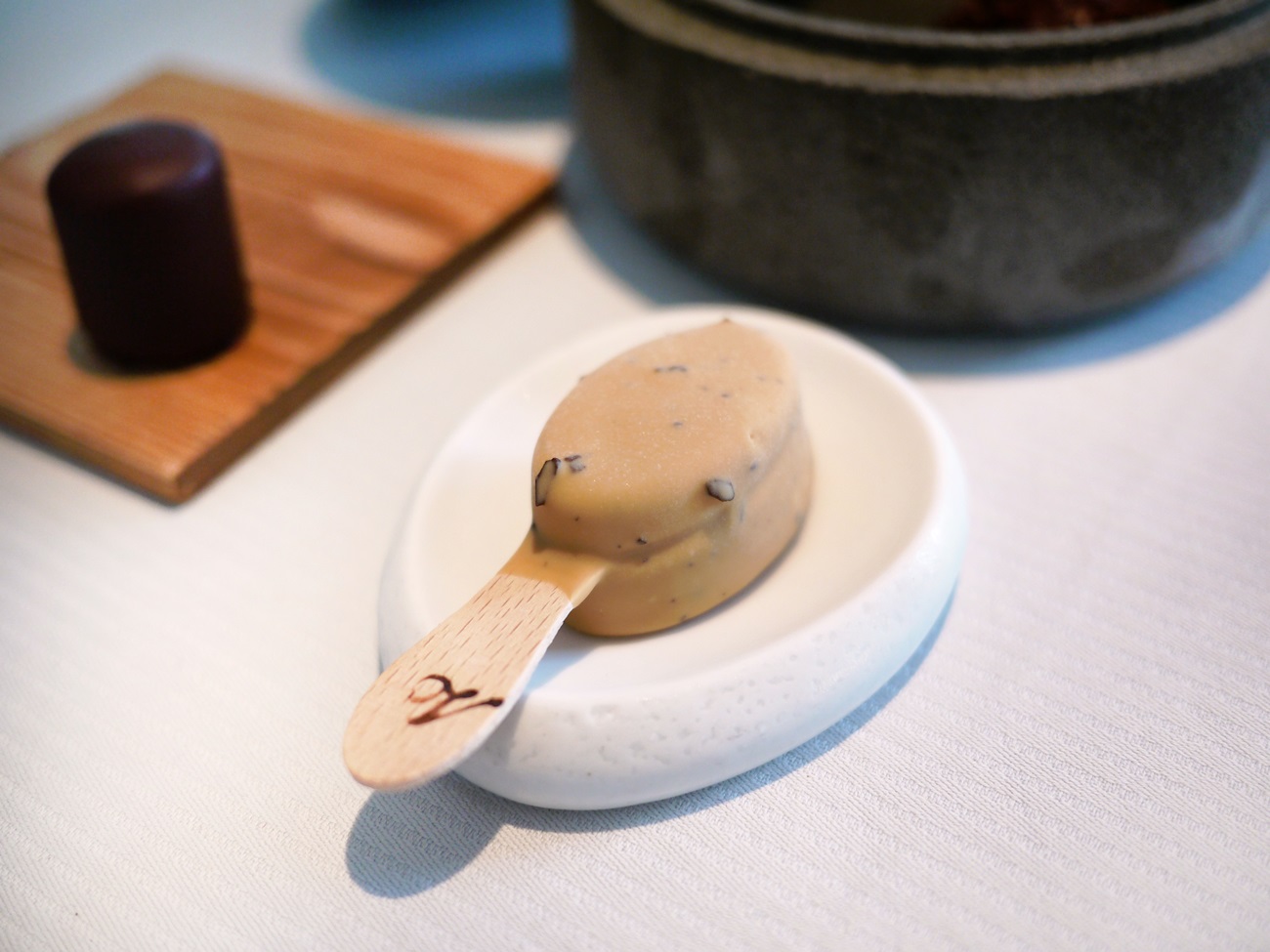
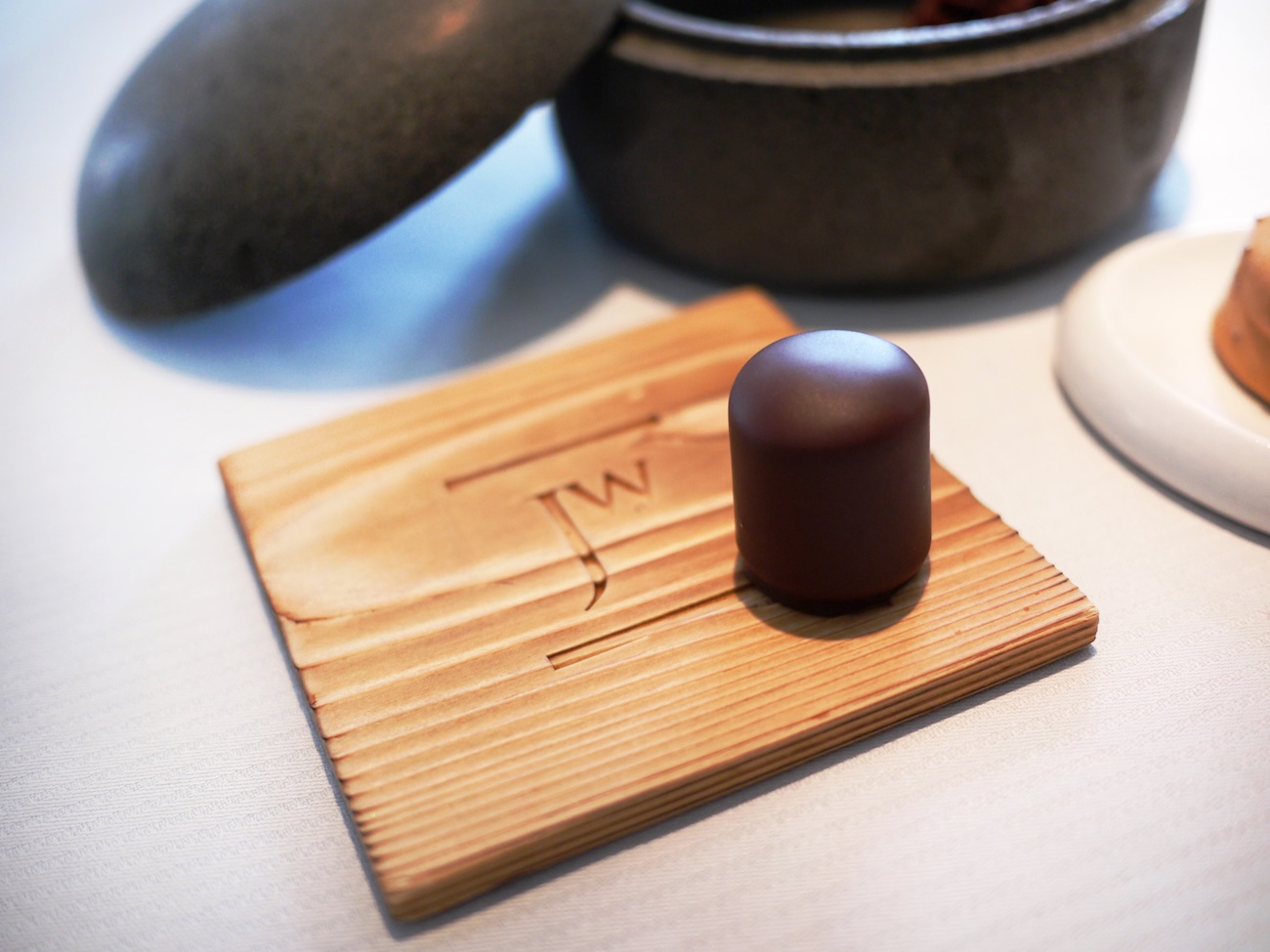
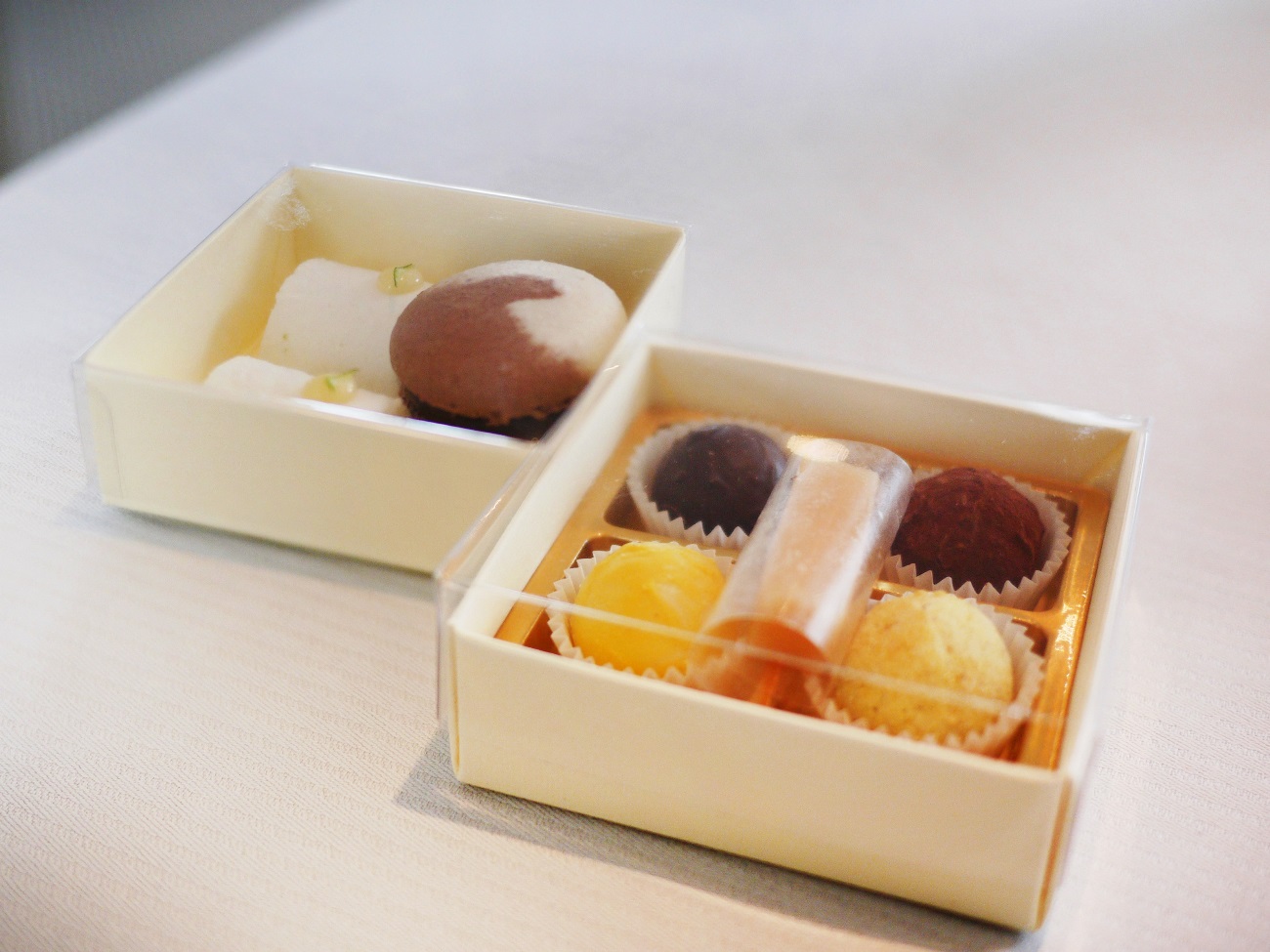
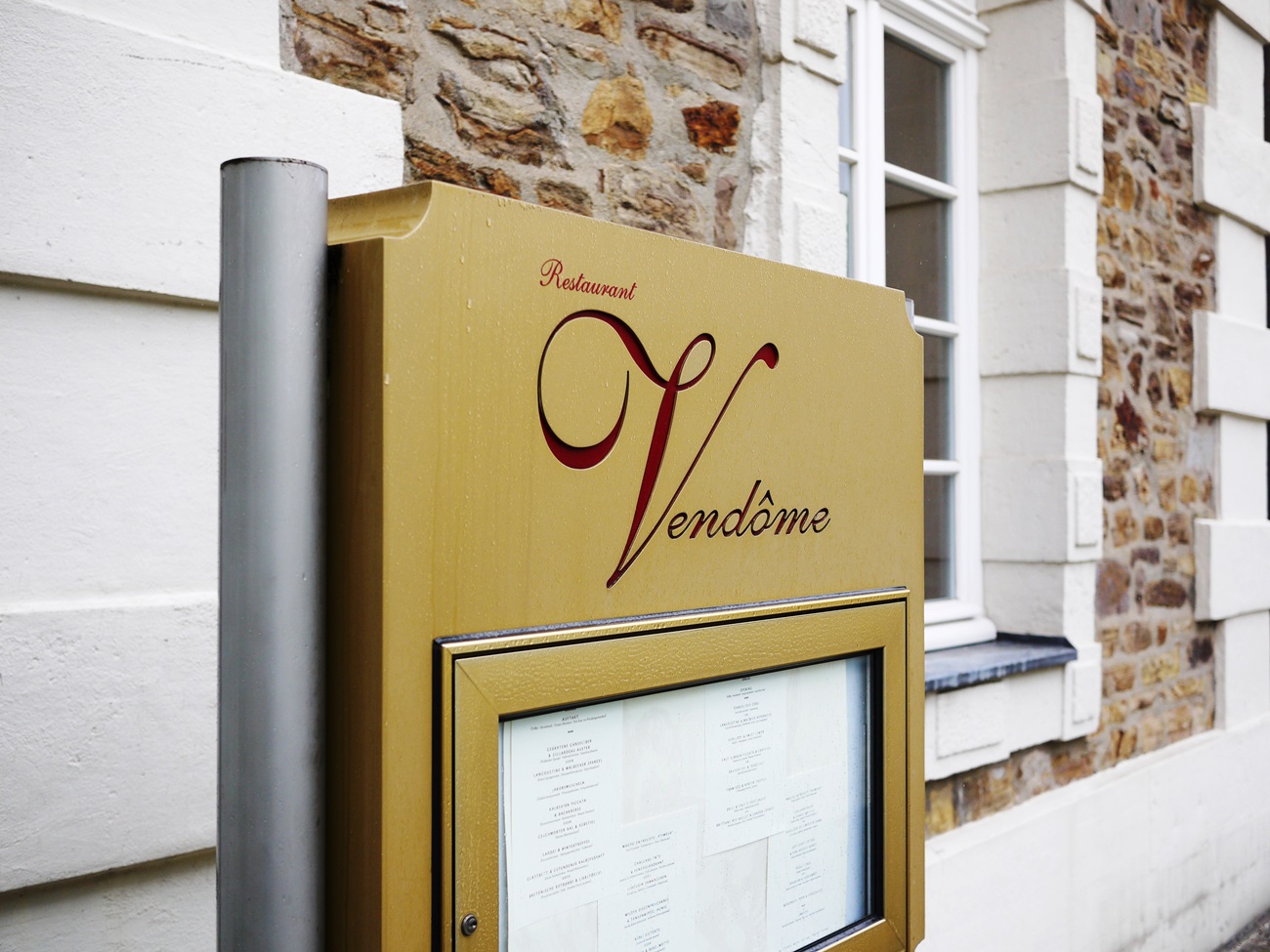


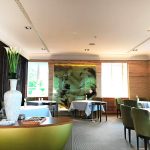
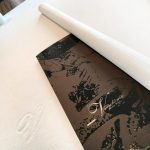
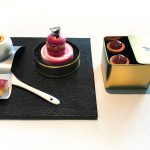
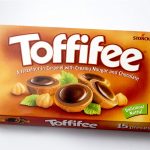
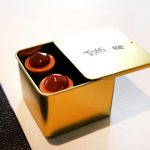
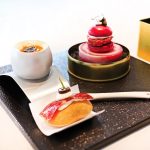
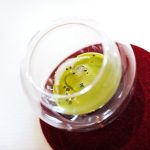
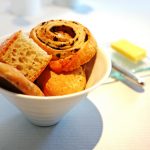
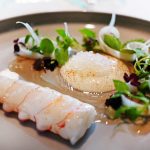
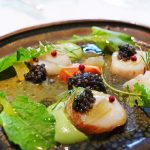
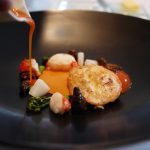
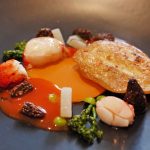
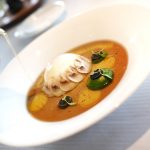
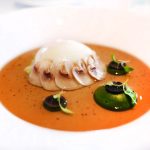
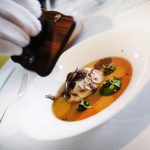
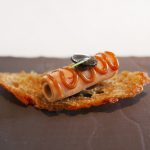
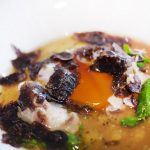
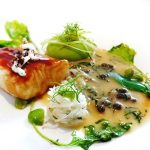
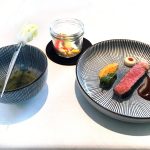
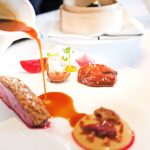
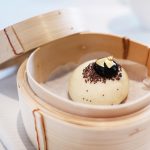
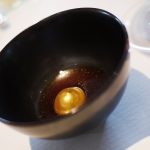
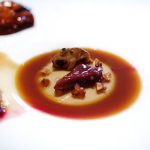
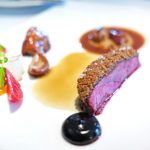
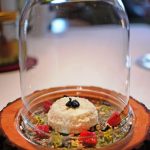
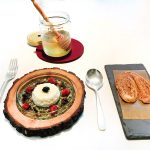
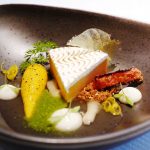
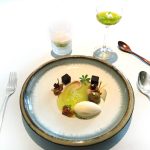
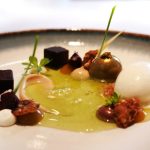
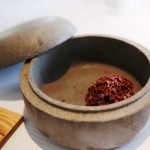
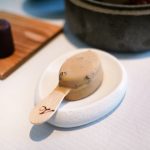
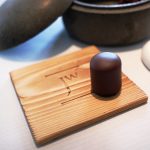
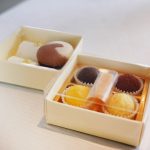
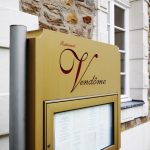
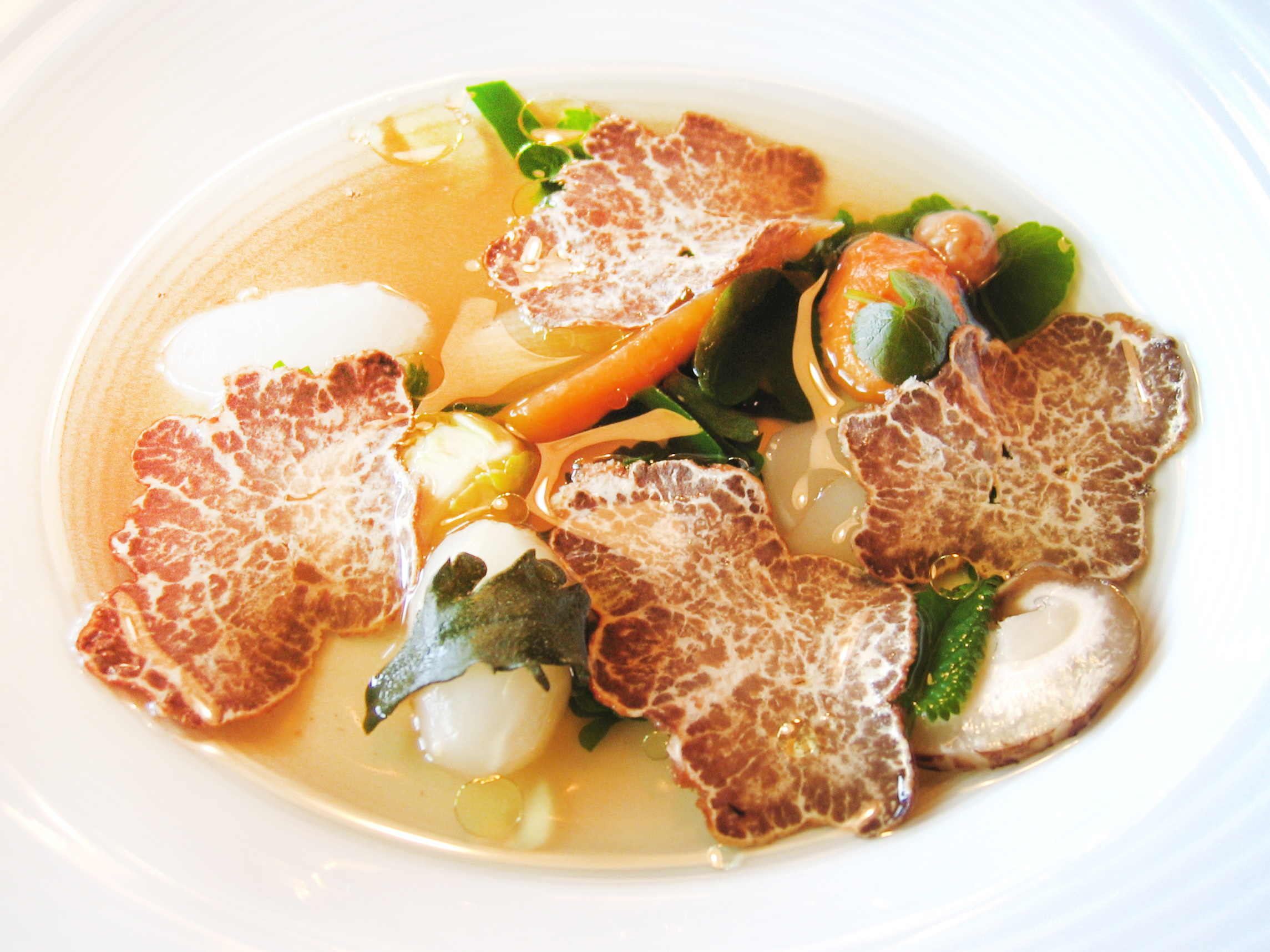
Alan Spedding ( cumbriafoodie)
Stunning food , WOW.
Must start eating out again ;-(